Dark Ages Timeline
The fall of the Western Roman Empire, a pivotal event in world history, was a gradual process that unfolded over centuries. The final blow came in 476 CE when the Germanic leader Odoacer deposed the last Western Roman Emperor, Romulus Augustulus. This event is widely considered the official end of the Western Roman Empire.
The Dark Ages, typically referring to the period from 476 to 1000 CE in Western Europe, have long been mischaracterized as a time of cultural and intellectual stagnation. In reality, the Dark Ages were a time of transformation and adaptation, laying the groundwork for the cultural flowering of the High Middle Ages and Renaissance that followed.
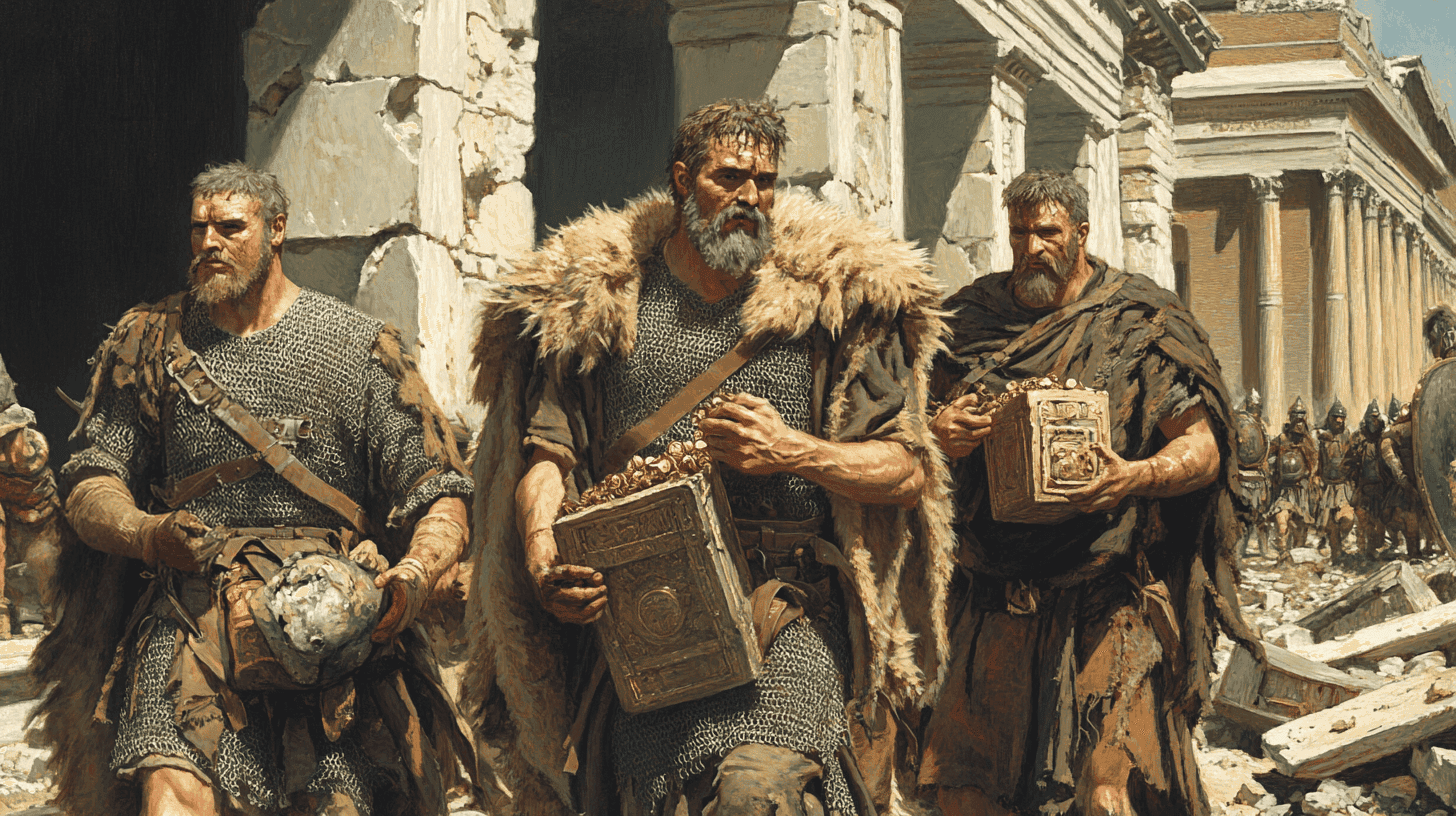
Visigoths Sack Rome
The sack of Rome by the Visigoths on August 24, 410 CE marked a pivotal moment in the fall of the Western Roman Empire. Led by King Alaric, the Visigoths breached the city walls and plundered Rome for three days, sparing only Christian churches. This event, the first foreign capture of Rome in 800 years, sent shockwaves throughout the empire and beyond.
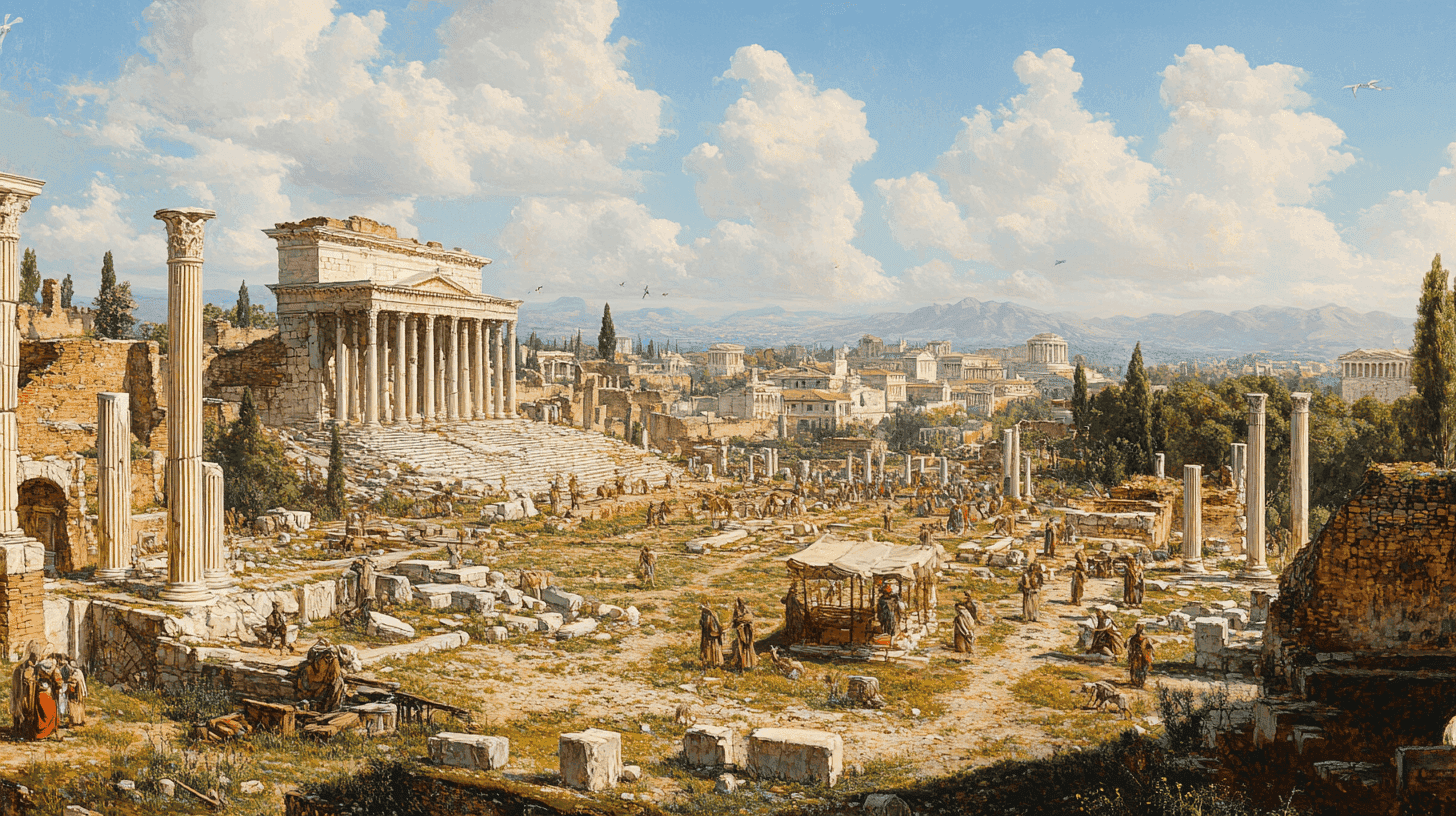
Urban decay and decline of trade in the West
The decline of trade and urban centers after Rome’s fall was marked by severe economic disruption. Hyperinflation, excessive taxation, and currency debasement paralyzed the economy. Local barter replaced long-distance trade. Cities crumbled as people fled to rural areas for self-sufficiency, abandoning specialization and division of labor. This led to a significant regression in economic complexity and urban life.

Theodoric the Goth king of Italy
Theodoric the Great, became king of the Ostrogoths in 471 and ruler of Italy in 493. At the behest of Byzantine Emperor Zeno, Theodoric invaded Italy in 488, defeating Odoacer and establishing the Ostrogothic Kingdom. Theodoric ruled from Ravenna, promoting peace between Goths and Romans while maintaining Roman institutions. Theodoric’s reign, lasting until his death in 526, is remembered as a period of prosperity and relative harmony in post-Roman Italy.

Overthrow of last Western Roman emperor
In 476 CE, the Western Roman Empire met its symbolic end with the deposition of Romulus Augustulus, the last Western Roman emperor. Odoacer, a Germanic general, overthrew the young emperor on September 4th. This event is traditionally seen as the fall of the Western Roman Empire, though its decline had been ongoing for decades. While the Eastern Roman Empire continued, the West fragmented into various barbarian kingdoms, signaling the transition from antiquity to the dark ages.
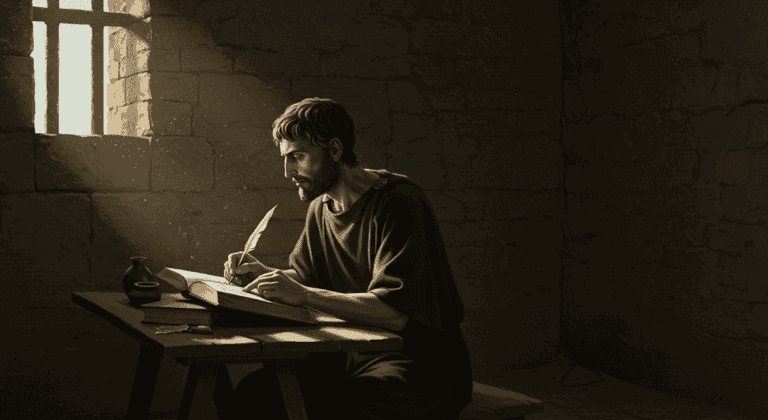
Boethius, The Last Light of Classical Rome
Boethius embodied the complex cultural synthesis that characterized the late Roman world. Before his tragic fall from political grace, culminating in his imprisonment and execution, his translations, commentaries, and original works, ensured that key elements of classical learning would survive the Dark Ages.
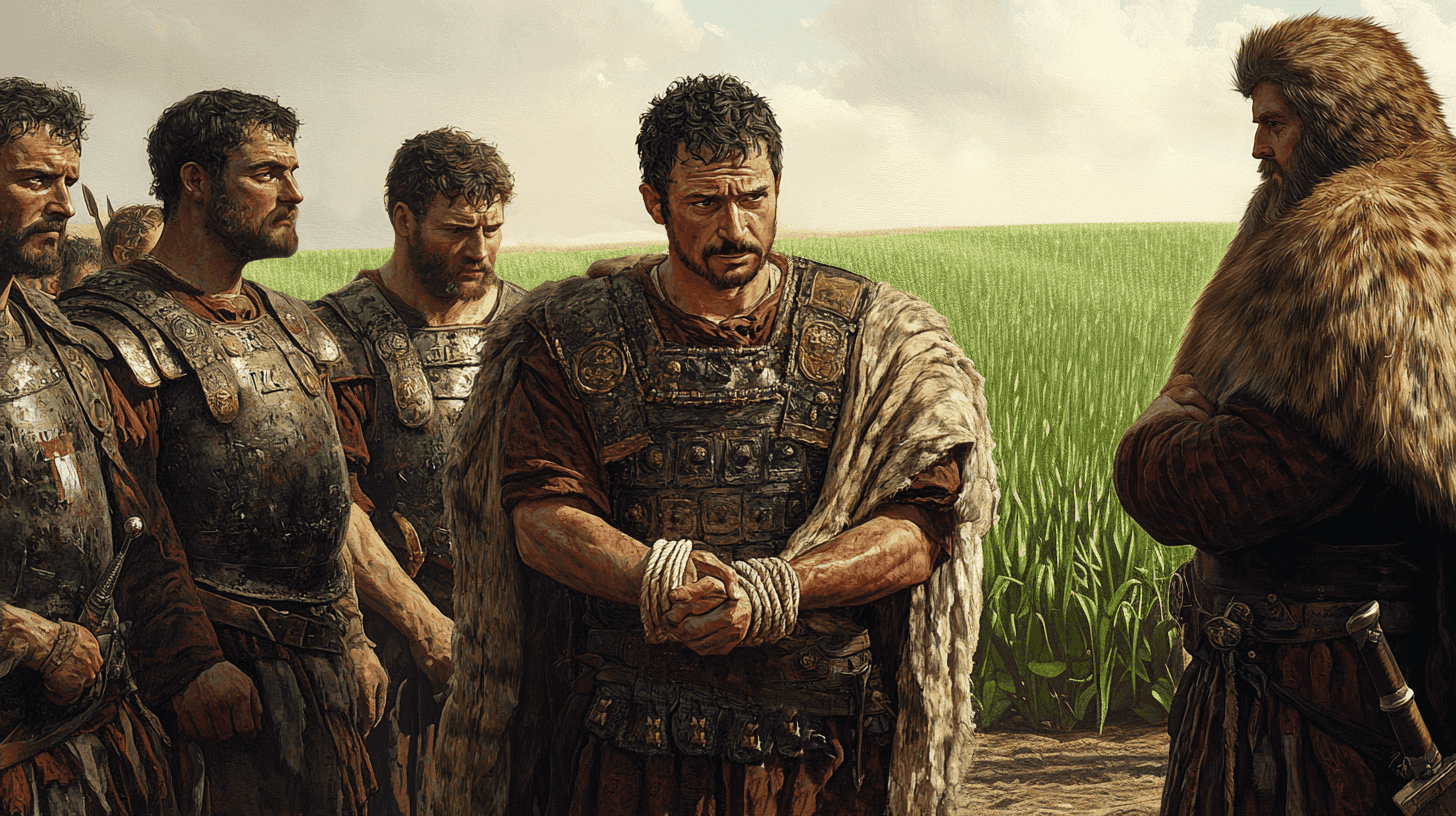
Death of Syagrius the last Roman leader in Gaul
Syagrius was the last Roman ruler in northern Gaul, governing the Kingdom of Soissons from 464 to 486. The son of the Roman general Aegidius, who had established the kingdom, he maintained Roman authority in the region. His defeat by Frankish king Clovis I at the Battle of Soissons marked the end of Western Roman rule outside Italy.
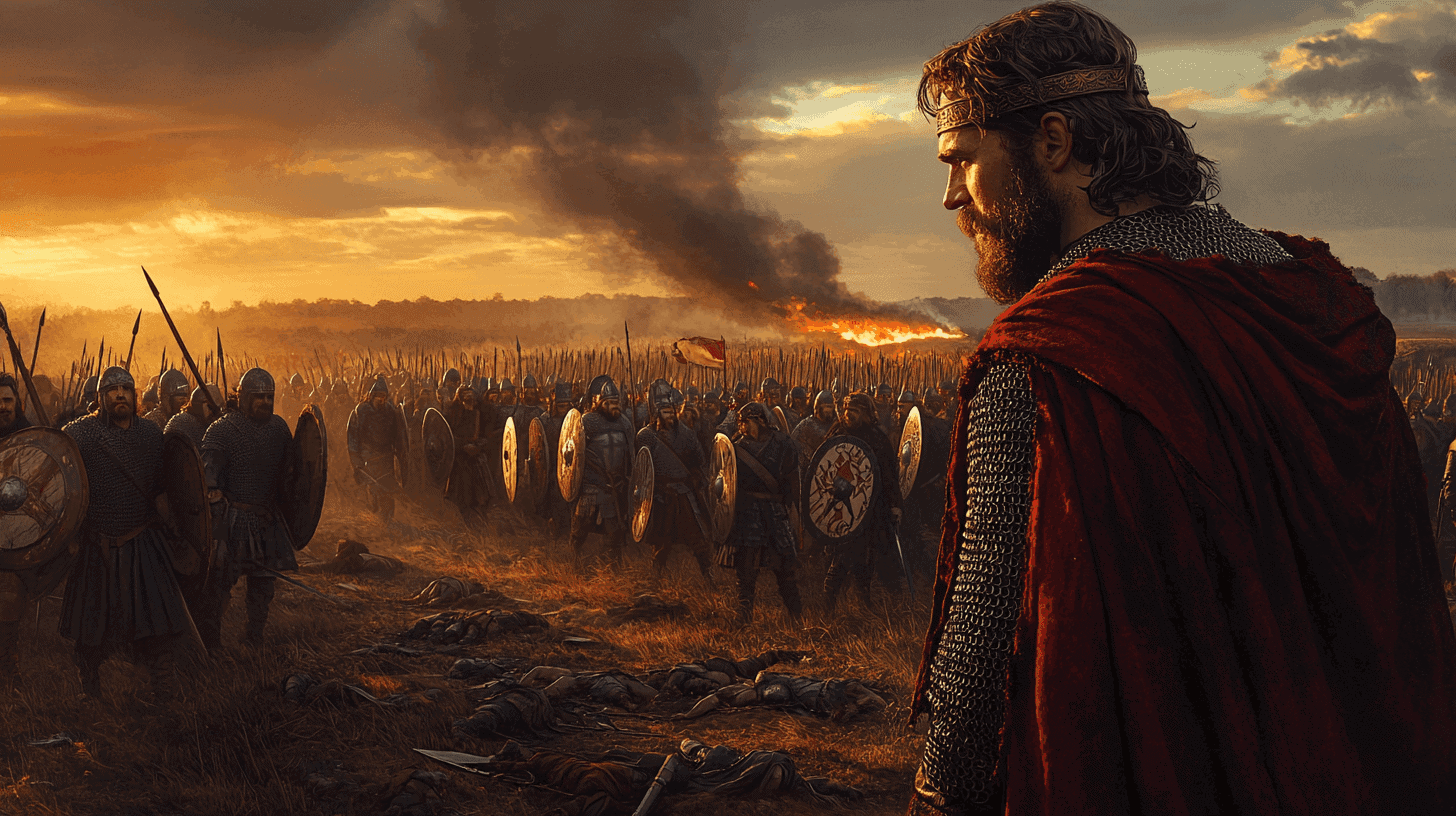
Kingdom of Wessex established in England
Wessex was established by the West Saxon chieftain Cerdic. Over the next four centuries Wessex evolved from a small settlement built by settlers from what is today northern Germany, to become the dominant force that would eventually unify England under a single ruler.

Justinian Seeks to Restore the Glory of Rome
The Byzantine Empire, also known as the Eastern Roman Empire, experienced a period of military resurgence under the reign of Emperor Justinian I. This era is characterized by ambitious campaigns aimed at reconquering lost territories of the Western Roman Empire, defending the empire’s borders, and dealing with internal revolts. Justinian’s military endeavors were largely driven by his vision of restoring the Roman Empire to its former glory.
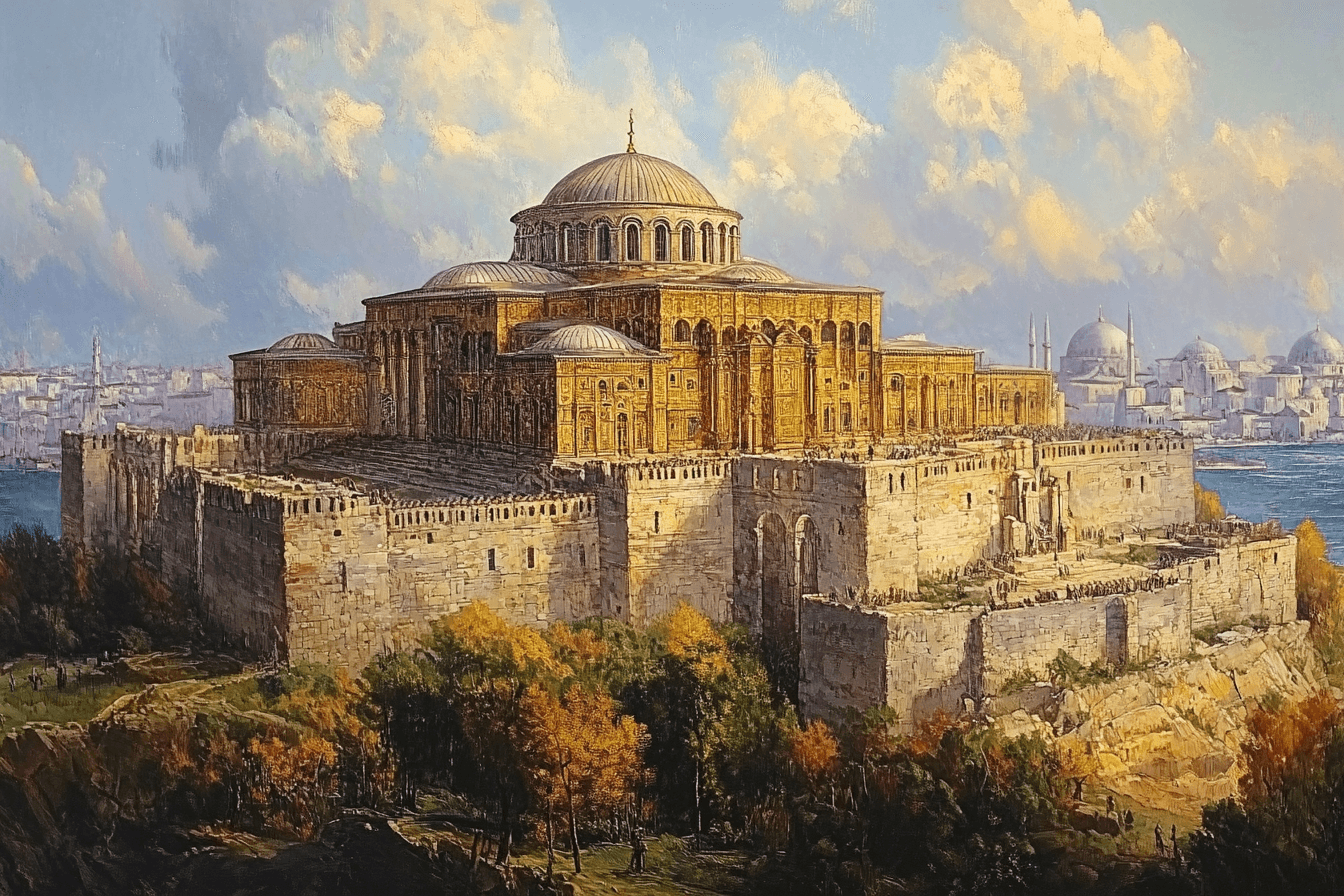
Completion of the Byzantine Hagia Sophia
Hagia Sophia, originally built in 360 CE, was reconstructed twice due to fires and riots. The current structure, completed in 537 under Emperor Justinian I, served as a Byzantine Christian church for nearly 1,000 years. After the Ottoman conquest in 1453, it became a mosque. In 1934, it was converted into a museum and has recently returned to being a mosque.
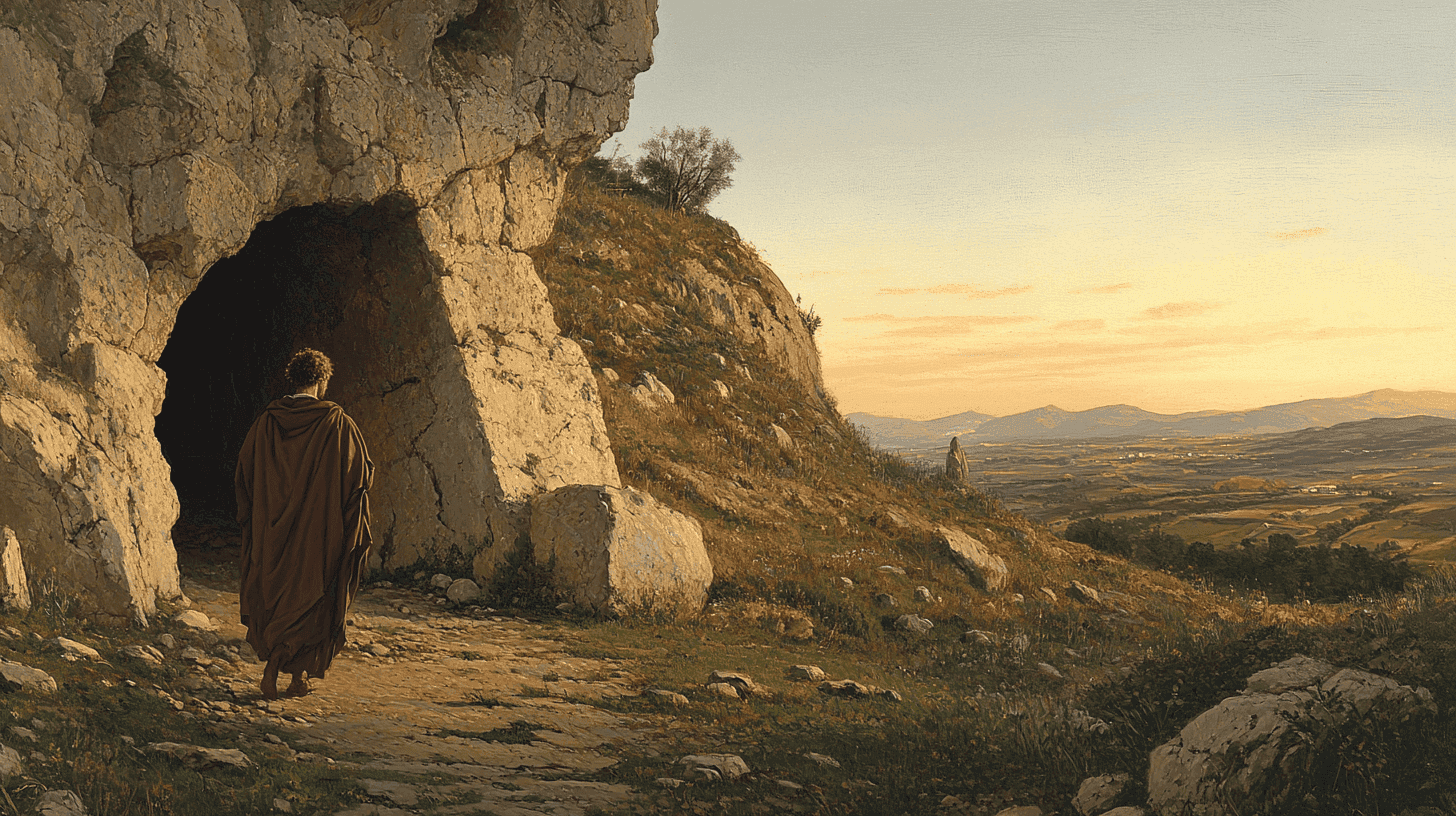
Benedictine monastic rule established
The Benedictine Rule, established by Benedict of Nursia around 540 AD, became the foundation for Western monasticism. It prescribes a life of communal prayer, meditative reading, and manual labor. The Rule emphasizes obedience, humility, and simplicity. Initially adopted in Italy and Gaul, it spread throughout Western Europe by the 9th century, becoming the standard for monastic life.
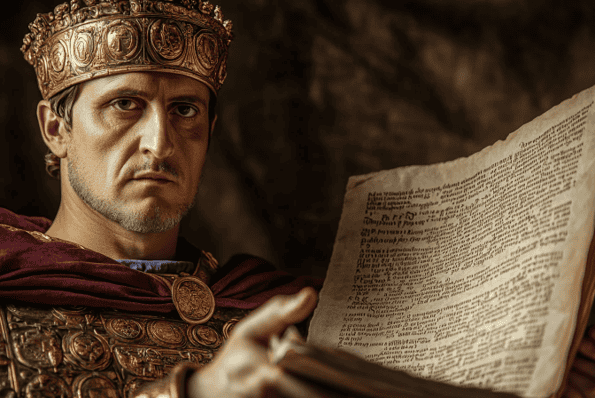
Justinian’s Monumental Legacy of Roman Law
In the 6th century CE, as the Western Roman Empire lay in ruins, the Eastern Roman (Byzantine) Emperor Justinian I embarked on an ambitious project that would shape the course of legal history for centuries to come. This endeavor, known today as the Corpus Juris Civilis (Body of Civil Law), was a comprehensive compilation and codification of Roman law that aimed to bring order to the complex legal landscape following the fall of Rome.

Pope Gregory I, The Great Reformer Who Shaped Christianity
When Gregory ascended to the papal throne in 590, the Western Roman Empire had long since collapsed. The Church was at a crossroads: while it had survived the fall of Rome, its relationship with the new political realities of Europe was still being defined. One of Gregory’s most significant contributions was the expansion of the Pope’s authority over other bishops, laying the groundwork for the centralized papal power that would characterize the medieval Church.
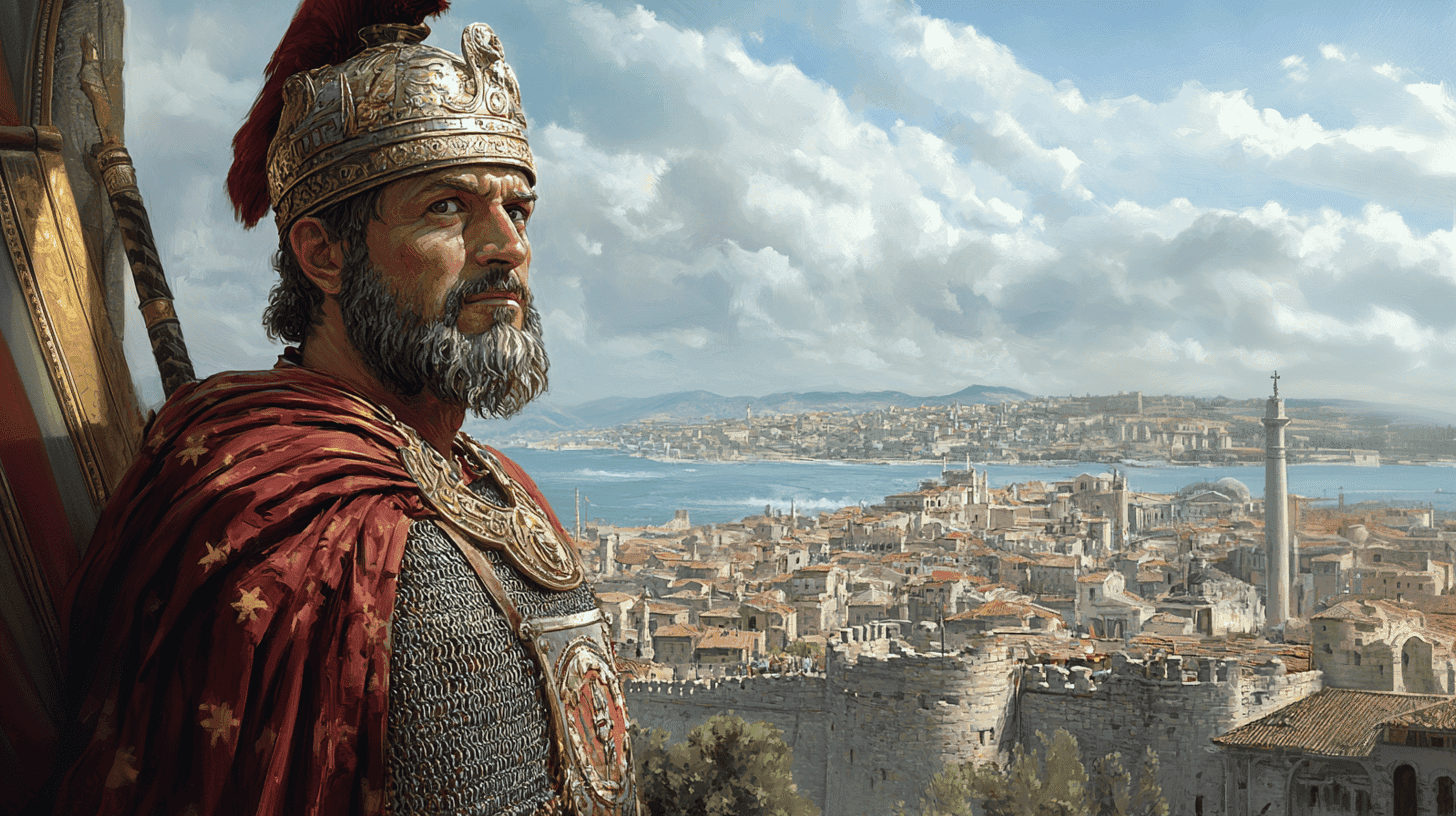
Reign of Byzantine Emperor Heraclius
Heraclius, Byzantine emperor from 610 to 641 CE, saved the empire from Persian invasion through brilliant military campaigns. He reformed the administration, changing the official language to Greek. Despite early successes, his later reign saw significant losses to Arab conquests. Heraclius left a complex legacy of both triumph and decline.
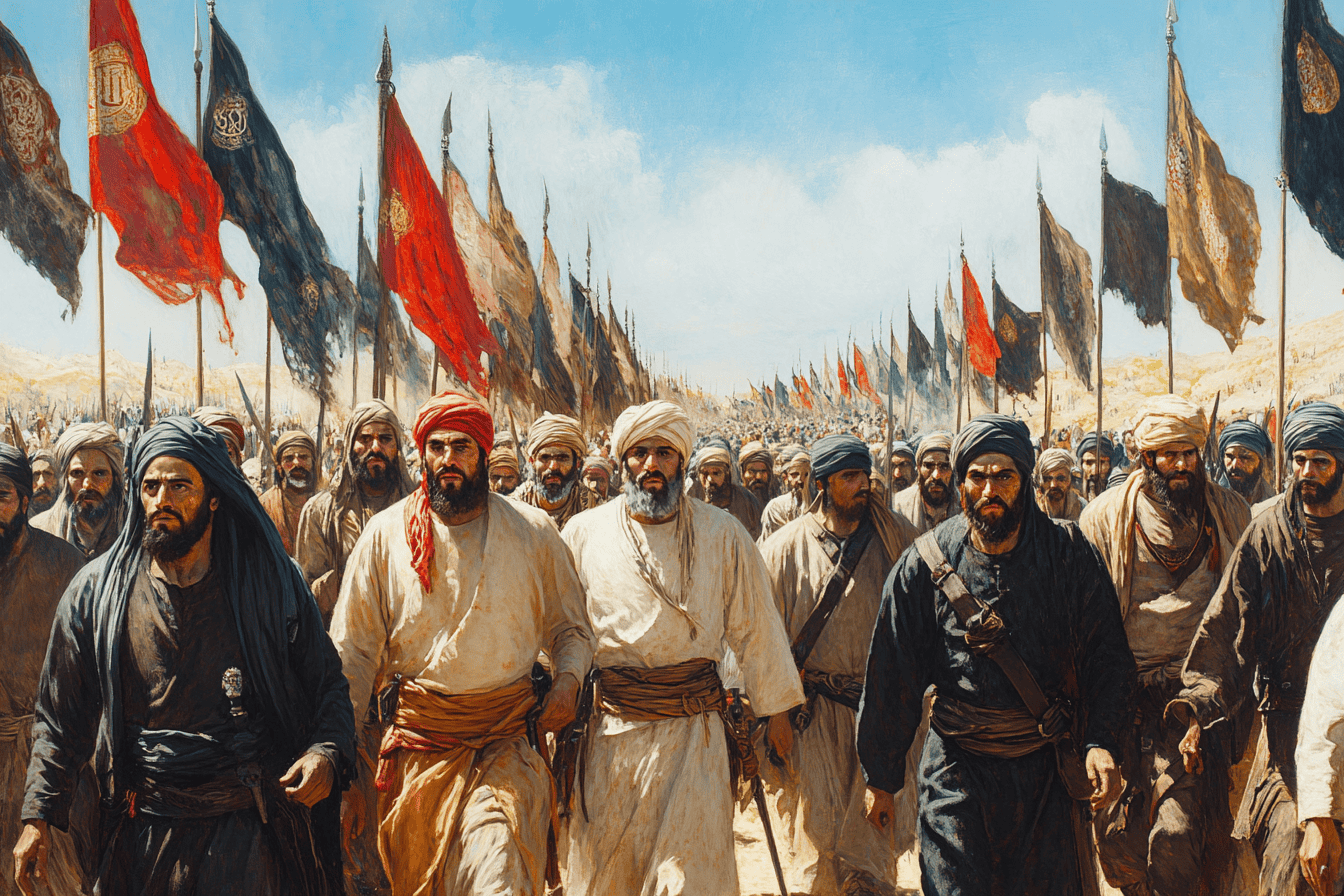
630 Muhammad enters Mecca in triumph
Muhammad was born in Mecca around 570 CE. Orphaned young, he was raised by relatives and grew up to be a merchant. At 40, he began receiving divine revelations, founding Islam. Facing persecution, he and his followers migrated to Medina in 622. After years of conflict, Muhammad returned to Mecca in triumph in 630, conquering the city with minimal resistance.
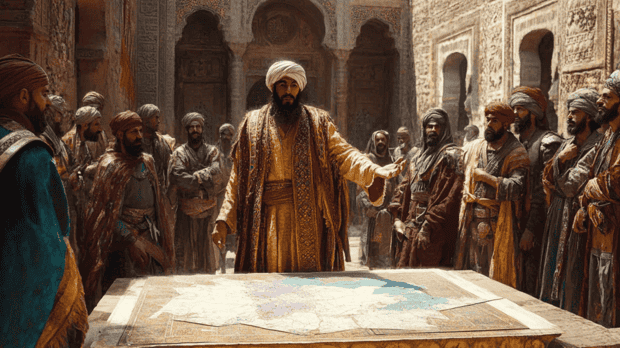
The Muslim capture of Jerusalem
After the death of the Prophet Muhammad in 632 CE, and under the leadership of the Rashidun Caliphs, Muslim armies swept across the Middle East, defeating both the Byzantine and Sassanid empires. This pivotal moment marked the end of Byzantine rule in the holy city and ushered in a new era of Islamic governance that would last for over four centuries.
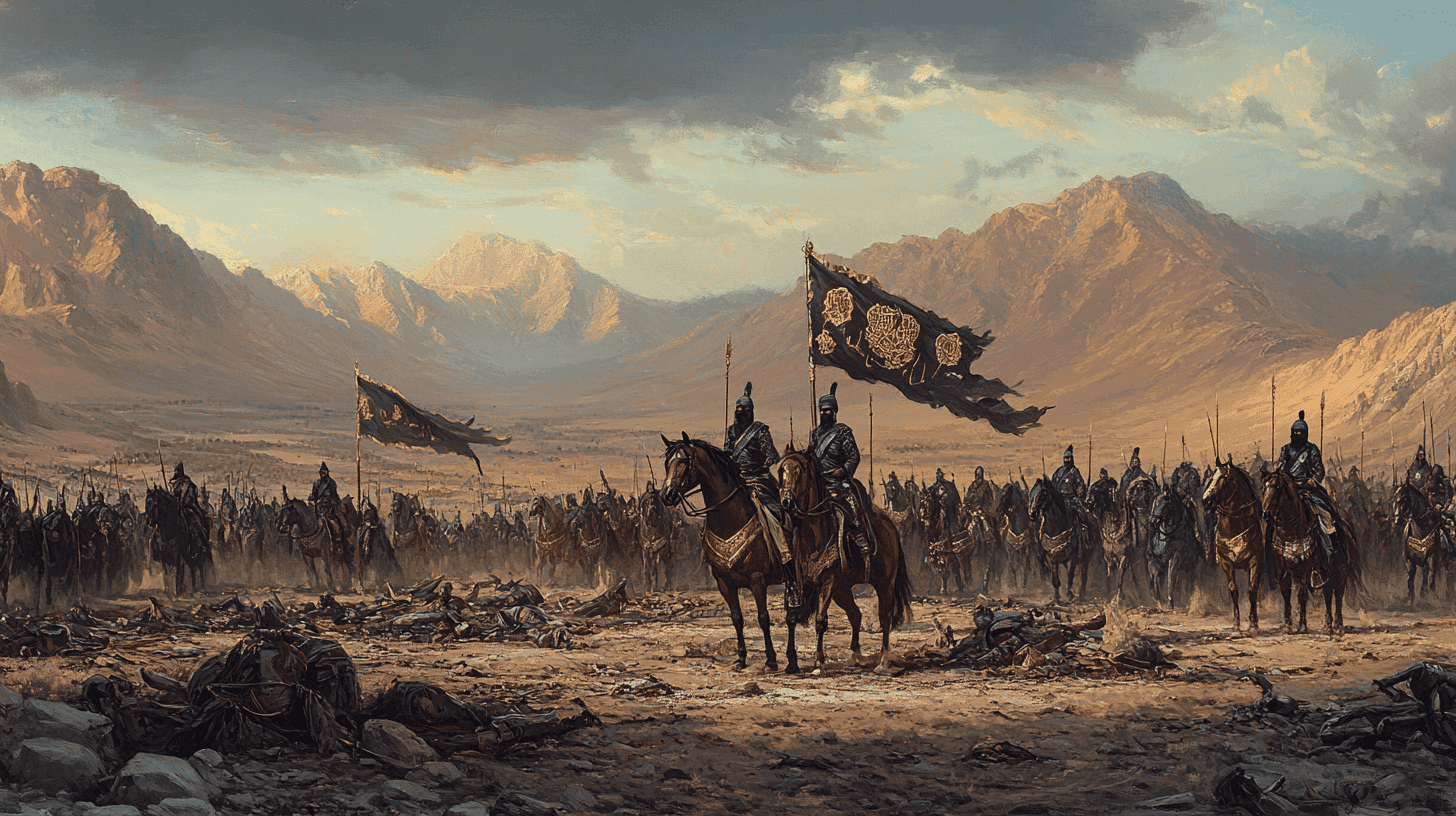
Muslim conquest of the Iberian Peninsula
In 711 CE, Muslim forces led by Berber commander Tariq ibn Ziyad crossed the Strait of Gibraltar and invaded the Visigothic Kingdom of Spain. Tariq’s army of about 7,000 men defeated King Roderic’s larger Visigothic force at the Battle of Guadalete. Reinforced by Arab troops under Musa ibn Nusayr, by 714 the Muslim armies had rapidly conquered most of the Iberian Peninsula, establishing the province of Al-Andalus. The conquest continued until the 720s, with Muslim forces often crossing the Pyrenees to raid into France.
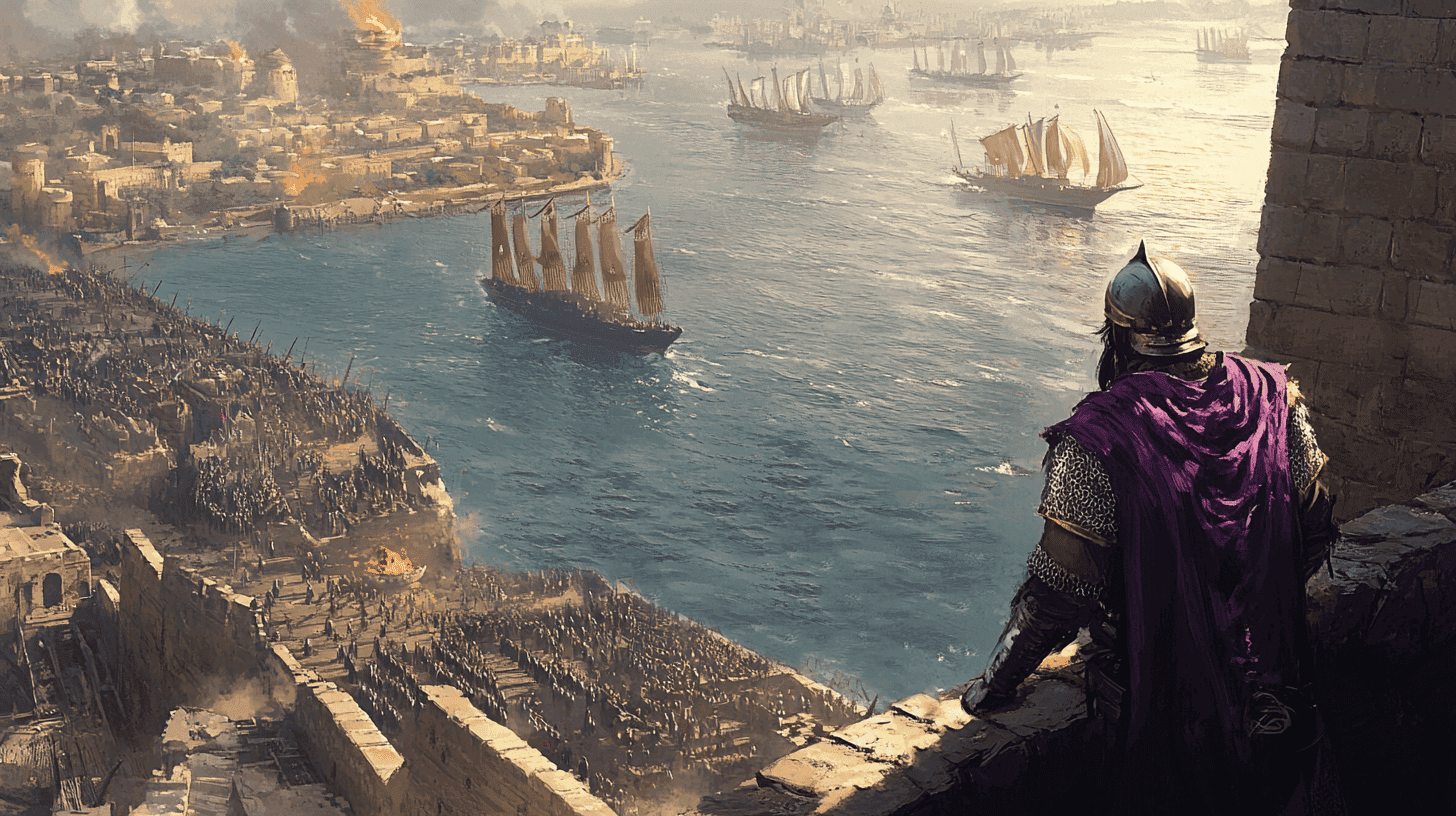
Siege of Constantinople
The Siege of Constantinople was, with the Battle of Tours, a critical moment in halting Muslim conquests in Europe. Led by Maslama, the Umayyad Caliphate launched a massive land and sea assault on the Byzantine capital. The Byzantine navy, using Greek Fire, devastated the Arab fleet, maintaining vital supply lines. Harsh winter conditions, disease, and starvation weakened the Arab forces. Bulgarian allies attacked the besiegers, causing significant casualties. After a year-long siege, the Arabs retreated, preserving the Byzantine Empire.
Byzantine Iconoclastic Controversy
The Byzantine Iconoclastic Controversy (726-843 CE) was a tumultuous period marked by imperial bans on religious images. It unfolded in two phases, with emperors like Leo III and Constantine V leading the iconoclast movement. The dispute centered on the theological implications of icon veneration, resulting in widespread destruction of religious art. The controversy ended in 843 with the “Triumph of Orthodoxy,” restoring icon veneration.
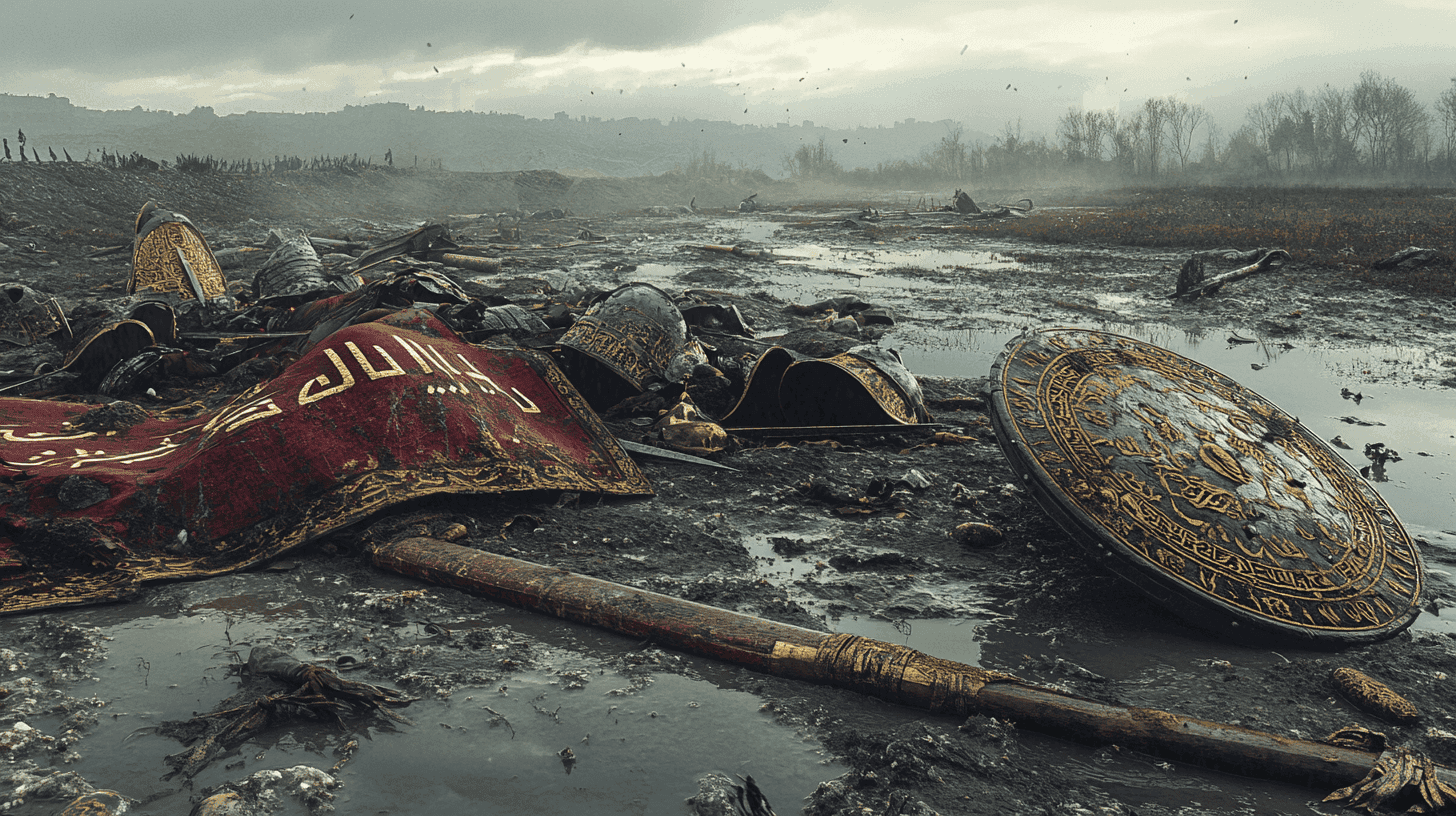
Battle of Tours
The Battle of Tours, fought on October 10, 732, was a decisive conflict between Frankish forces led by Charles Martel and Umayyad invaders under Abd al-Rahman al-Ghafiqi. Taking place between Tours and Poitiers in Gaul, Martel’s victory halted the northward advance of the Islamic Umayyad Caliphate into Europe. This battle promoted Frankish unity, established Martel’s authority, and helped preserve Christianity as the dominant faith in Europe.
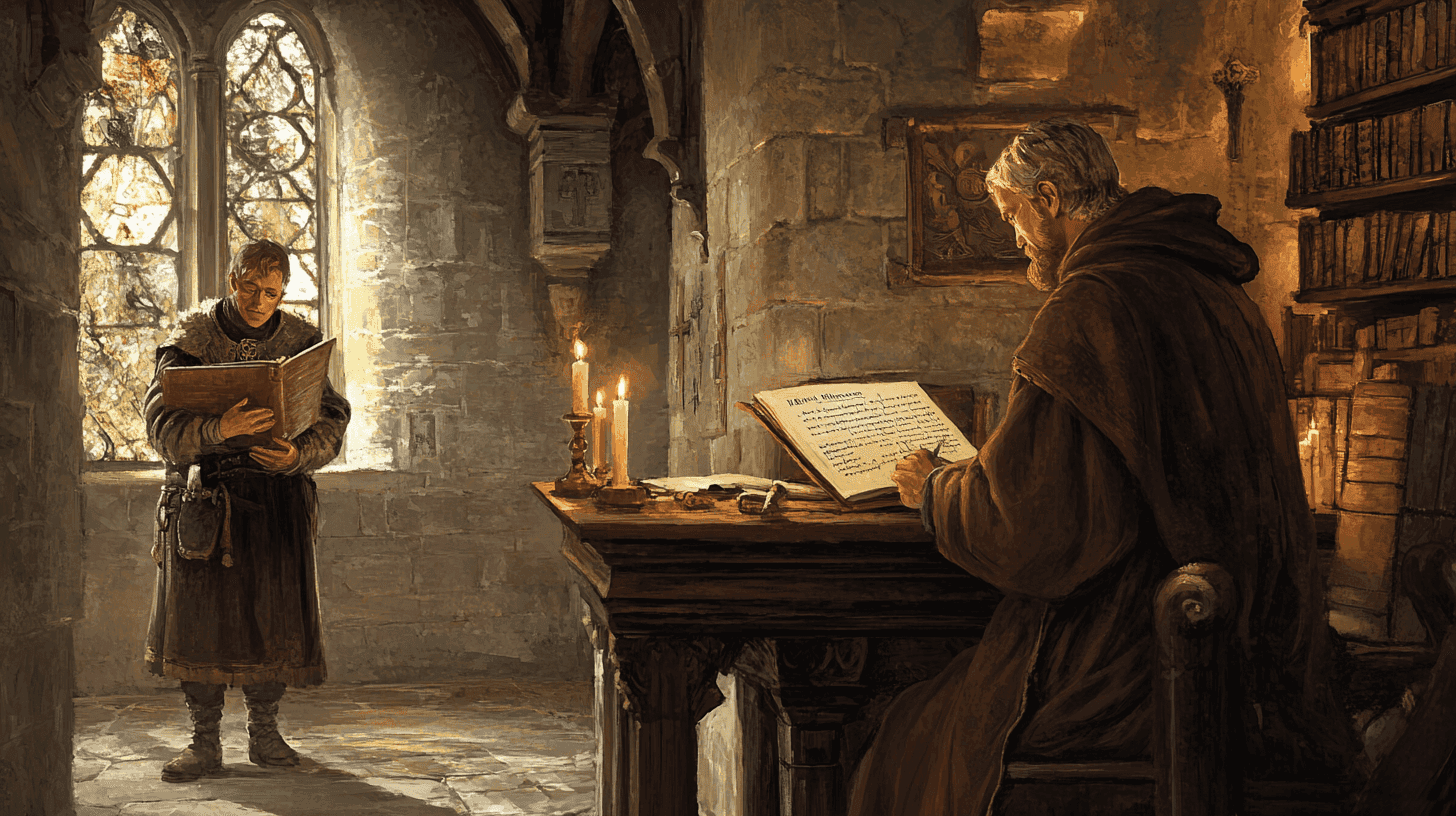
Death of the Venerable Bede
The Venerable Bede was an English monk, scholar, and author. He lived in the monasteries of Wearmouth and Jarrow, dedicating his life to study and writing. Bede authored numerous works on theology, history, and science, but is best known for his “Ecclesiastical History of the English People,” which earned him the title “Father of English History”. He was canonized in 1899.
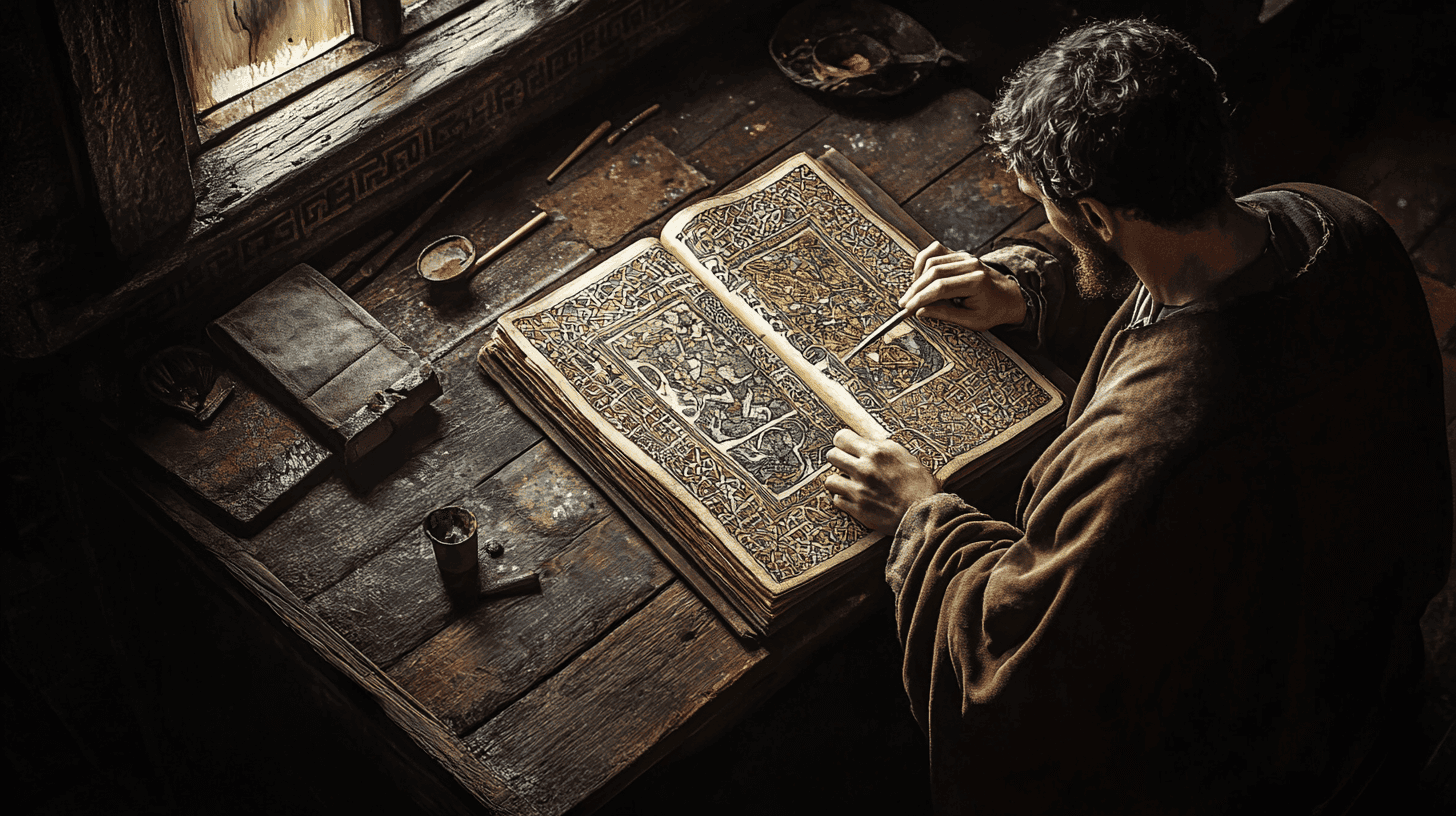
Book of Kells
The Book of Kells is a stunning illuminated manuscript created around 800 AD, containing the four Gospels of the New Testament in Latin. Crafted by Celtic monks, it features intricate artwork and decorations, making it a pinnacle of Insular art, and symbolizing Irish cultural heritage.
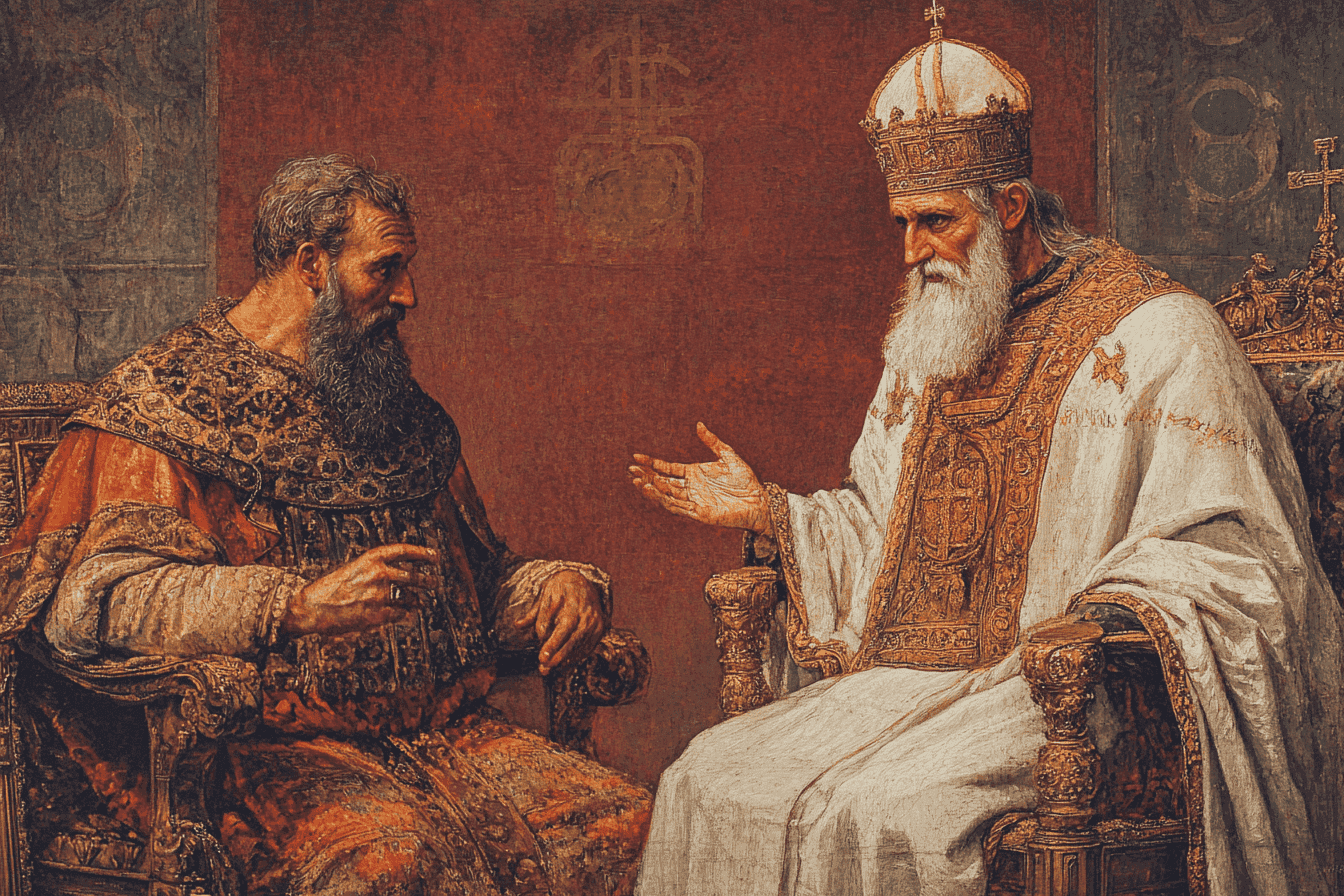
Pepin the Short crowned king of the Franks
Pepin the Short’s reign from 751 to 768 marked a turning point in European history. He successfully transitioned the Frankish realm from the declining Merovingian dynasty to the vibrant and powerful Carolingian line. His military successes, administrative reforms, and alliance with the Church created a stable and expansive Frankish kingdom that his son Charlemagne would transform into an empire.
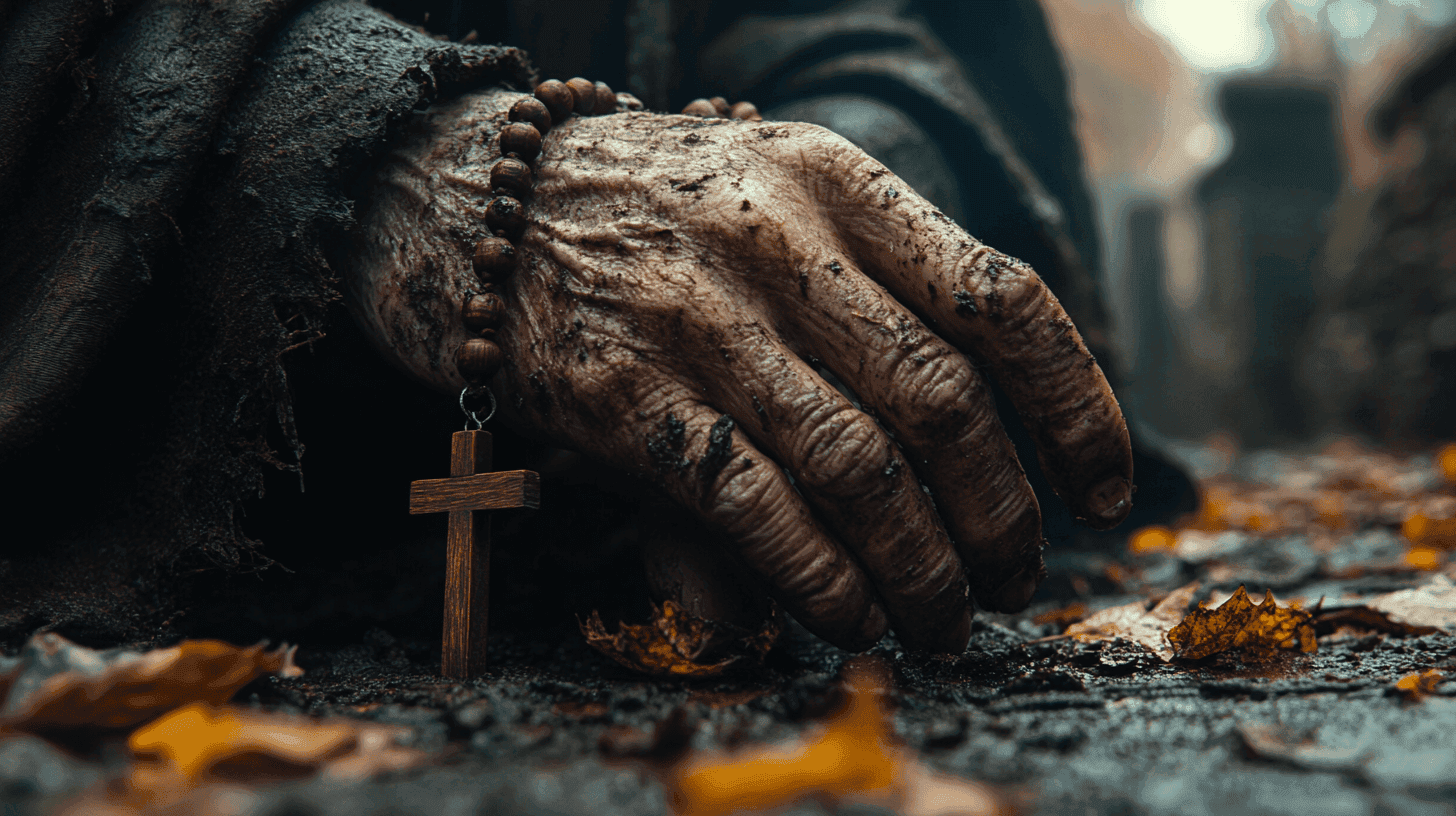
Vikings Raid Lindisfarne
On June 8, 793, the peaceful monastery on the tidal island of Lindisfarne, off the coast of Northumberland in England, fell victim to a brutal Viking raid. This attack not only devastated the religious community but also heralded the start of the Viking Age, a period of Norse expansion, exploration, and conquest that would shape European history for centuries to come.
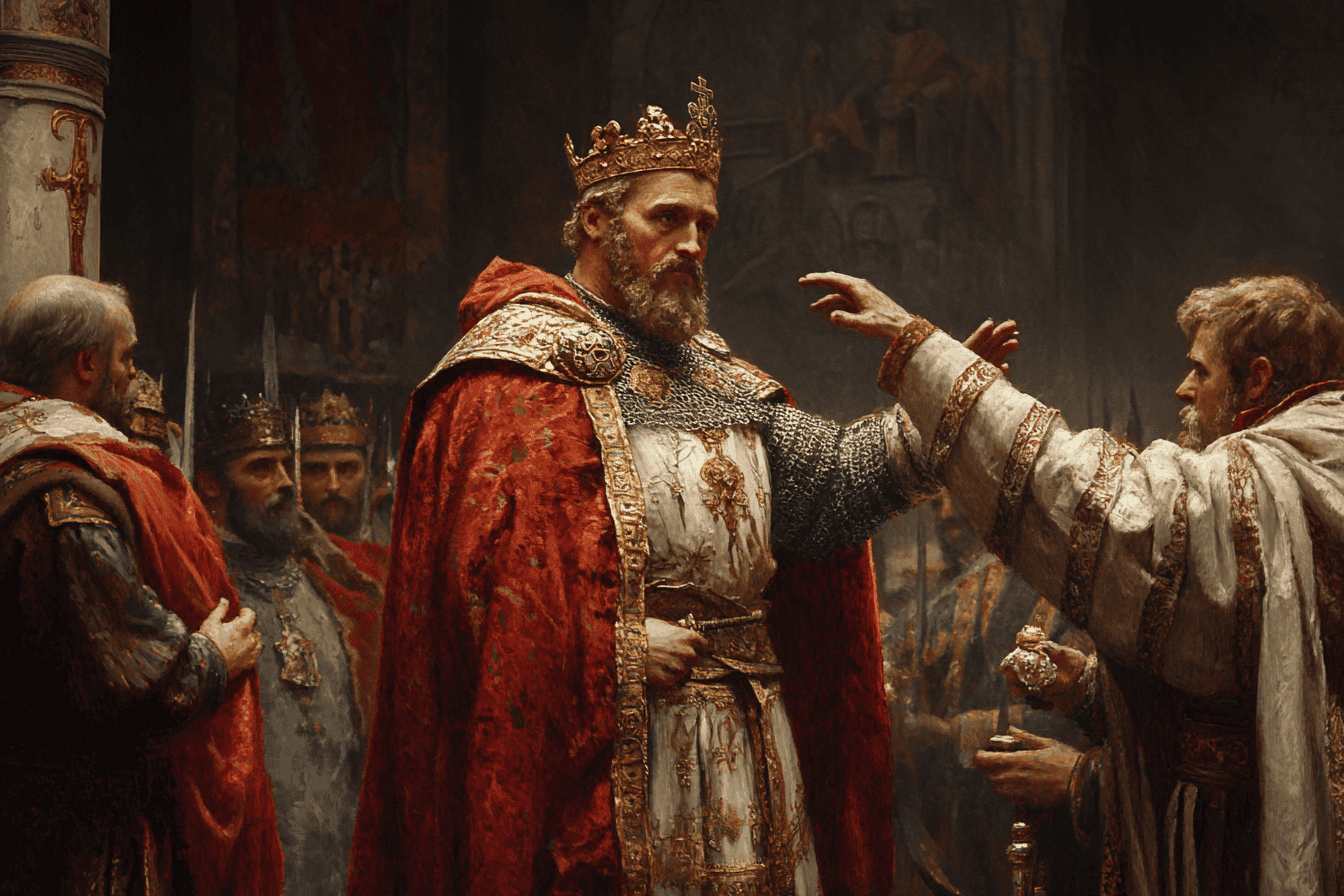
Charlemagne crowned Emperor of the Romans
Charlemagne, born in 742, became King of the Franks in 768 and “Emperor of the Romans” in 800. He united much of Western Europe through extensive military campaigns, notably conquering Saxony and the Lombards. His reign marked significant political, educational, and religious reforms, fostering the Carolingian Renaissance. Charlemagne died in 814, leaving a lasting impact on European history.
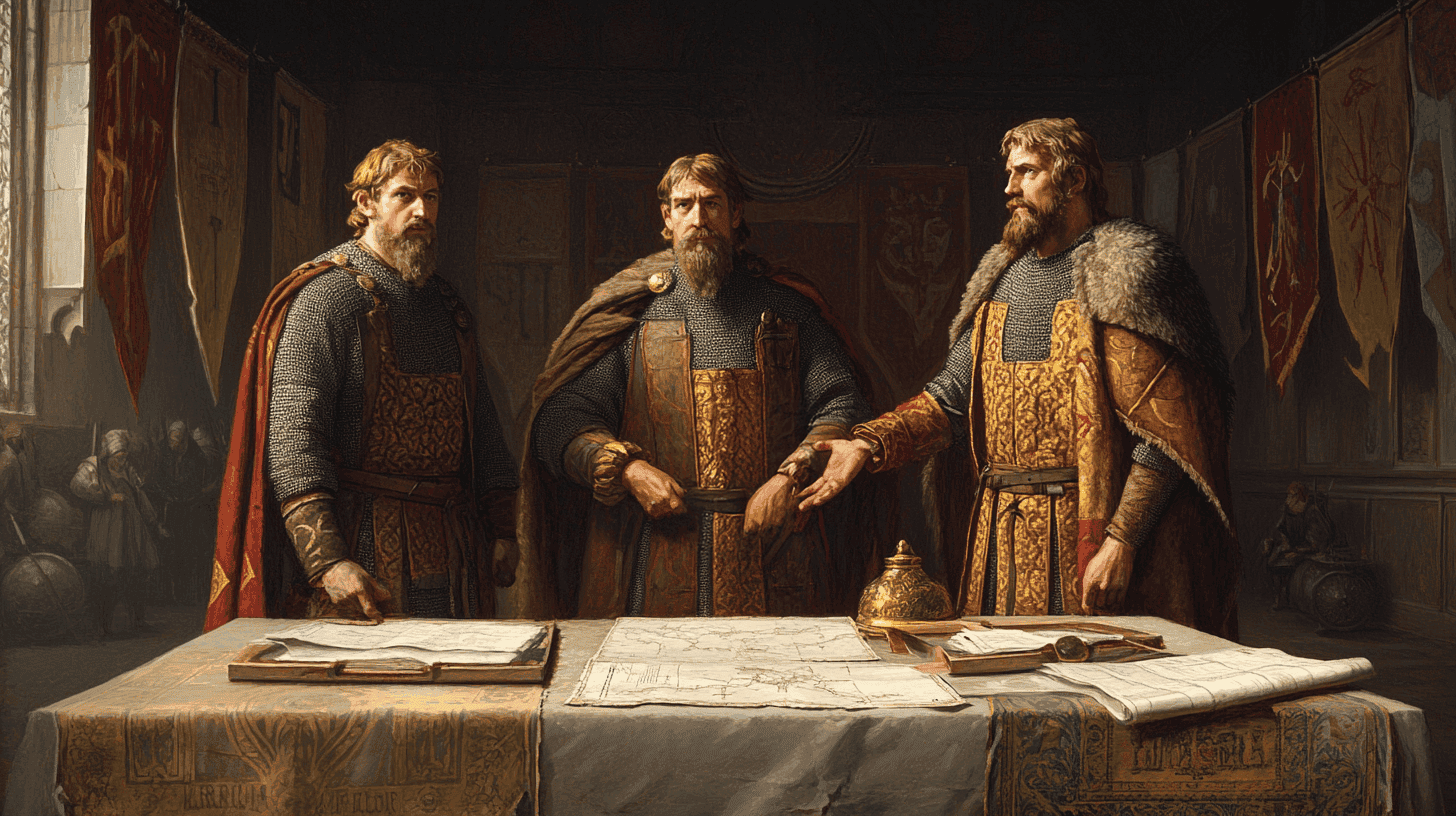
The Treaty of Verdun
Charlemagne’s grandsons – Lothair I, Louis the German, and Charles the Bald – fought amongst themselves after their father’s death in 840. After nearly three years of continuous warfare, the warring brothers recognized the futility of further conflict and agreed to negotiate a settlement. The Treaty of Verdun, signed in August 843, divided the Carolingian Empire into three distinct kingdoms which established the development of the modern nations of France and Germany.
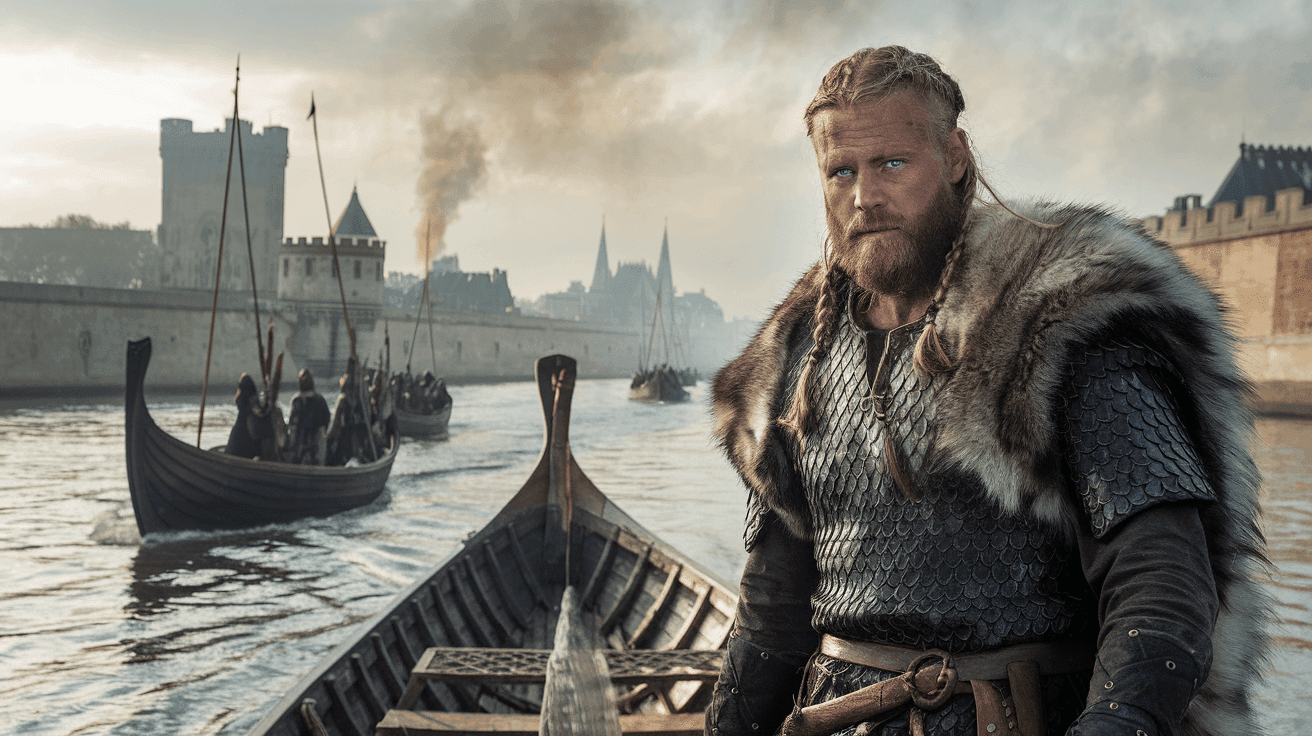
First Viking raid on Paris
The first significant Viking raid on Paris occurred in 845 AD, led by the legendary chieftain Ragnar Lothbrok. Ragnar sailed up the Seine River with a fleet of 120 ships. The Vikings plundered the city, taking vast amounts of treasure and capturing many prisoners. King Charles the Bald, the ruler of West Francia, was forced to pay a hefty ransom of 7,000 pounds of silver to persuade Ragnar to leave.
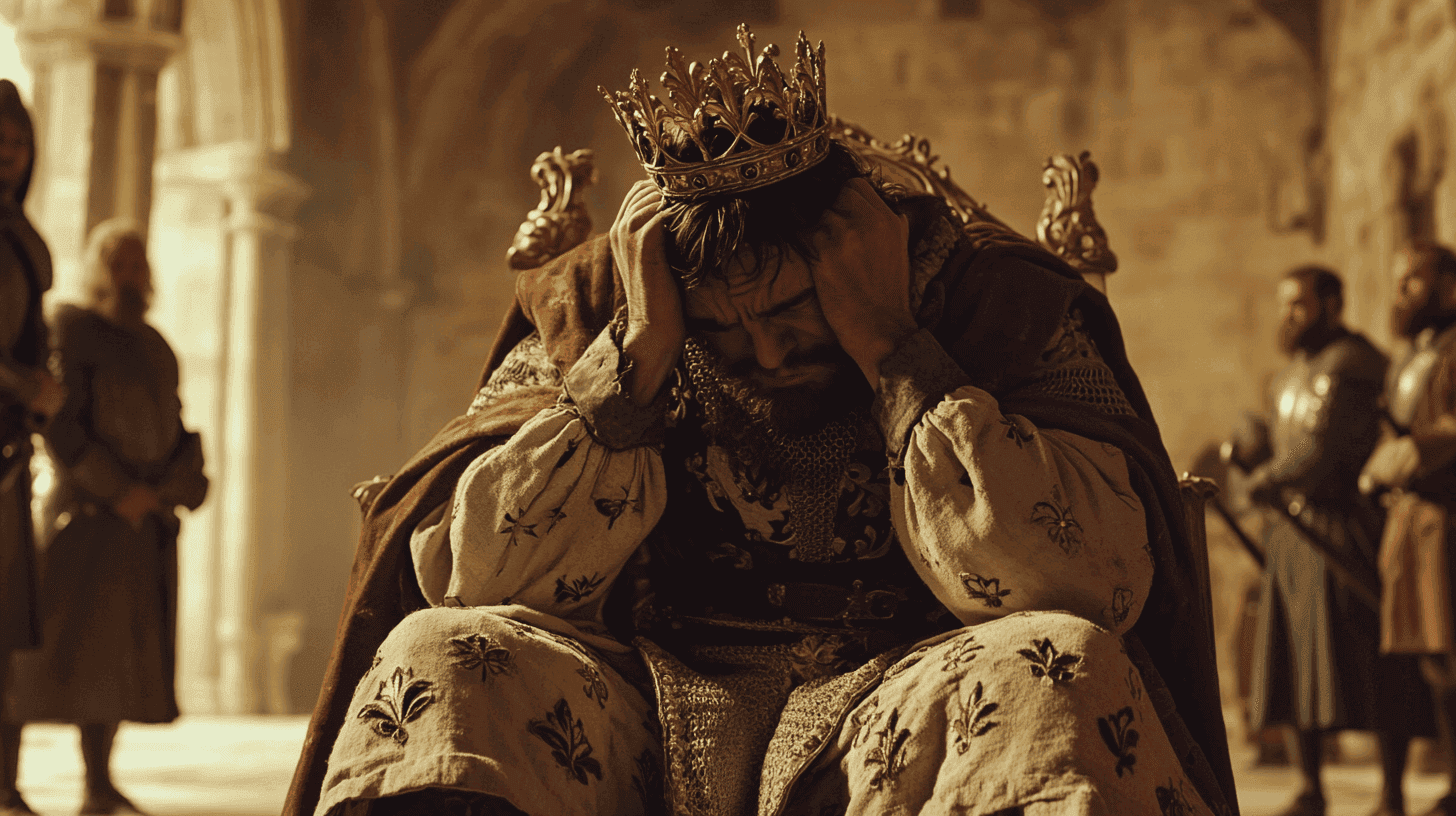
Carolingian Empire distintegrates
The Carolingian Empire’s disintegration from 850-911 CE was marked by internal strife, Viking invasions, and weakening central authority. Following the Treaty of Verdun in 843, the empire fractured into smaller kingdoms. Viking raids intensified, exploiting political divisions. Local nobles gained power as imperial infrastructure crumbled. By 911, the last Carolingian ruler in East Francia died, ending the dynasty’s reign there.
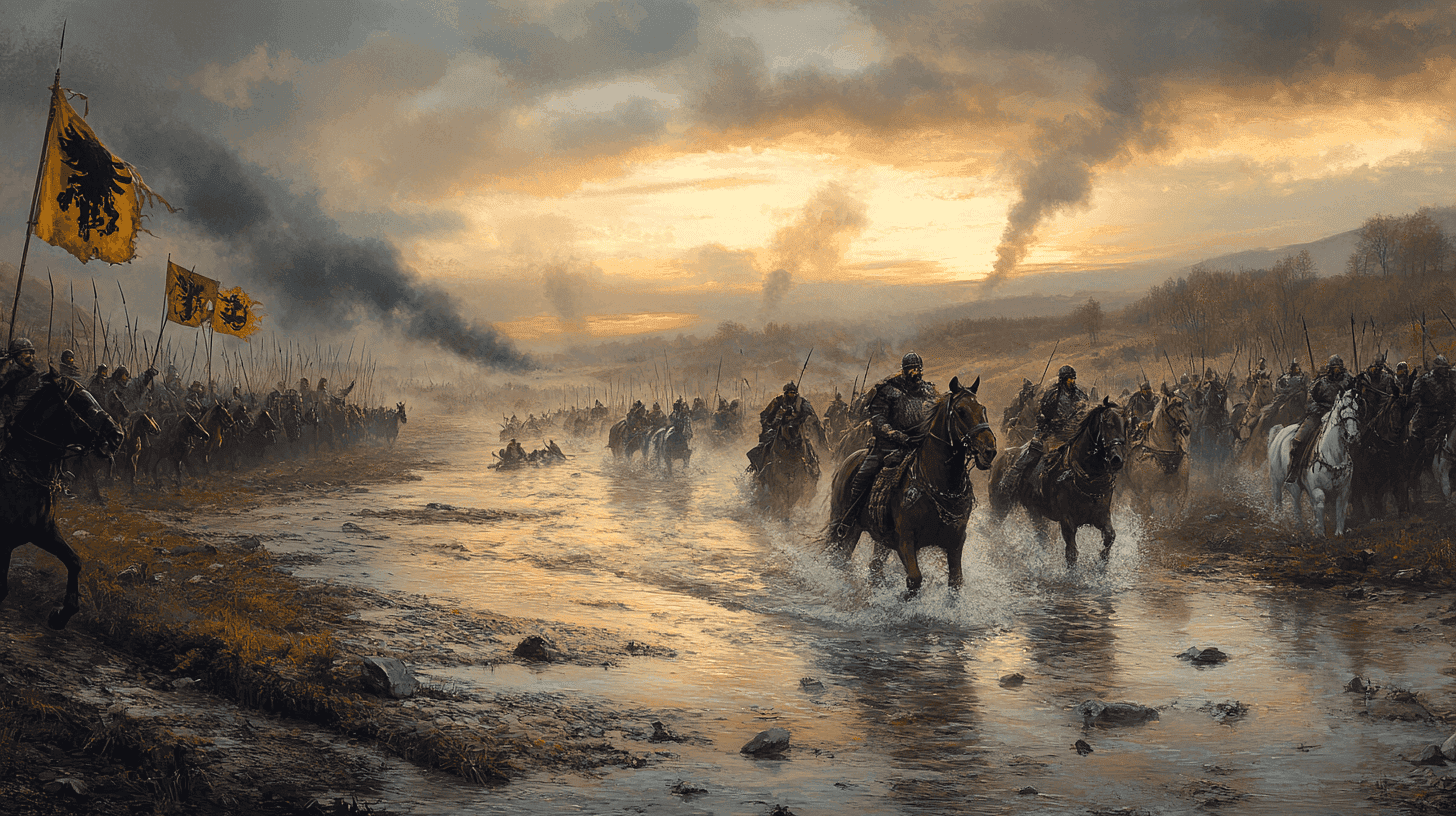
Otto I defeats the Magyars
In August 955, Otto I of East Francia decisively defeated the Magyar (Hungarian) forces at the Battle of Lechfeld near Augsburg. The three-day engagement began with the Magyars besieging Augsburg, but Otto’s army, primarily composed of heavy cavalry, routed the Hungarian horse archers. The victory ended Magyar raids into Western Europe and solidified Otto’s power, paving the way for his eventual coronation as Holy Roman Emperor.
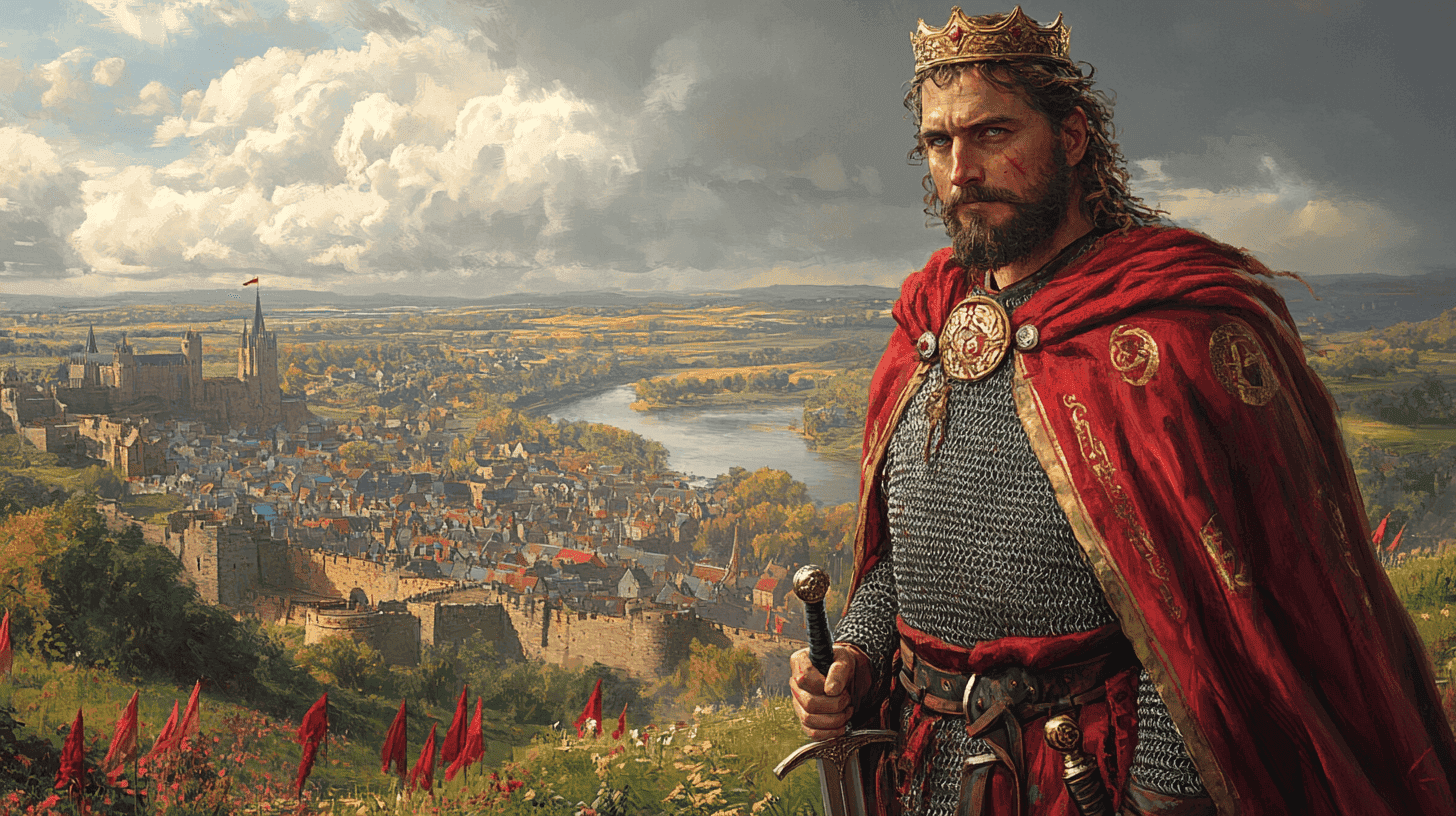
Coronation of Alfred the Great of England
Born in 849 AD, Alfred would go on to become one of the most influential and revered monarchs in British history. His reign as King of Wessex and later King of the Anglo-Saxons was marked by military prowess, administrative innovation, and a passionate commitment to learning and culture. This is the story of the man who not only defended England against Viking invasions but also laid the foundations for a unified English nation.
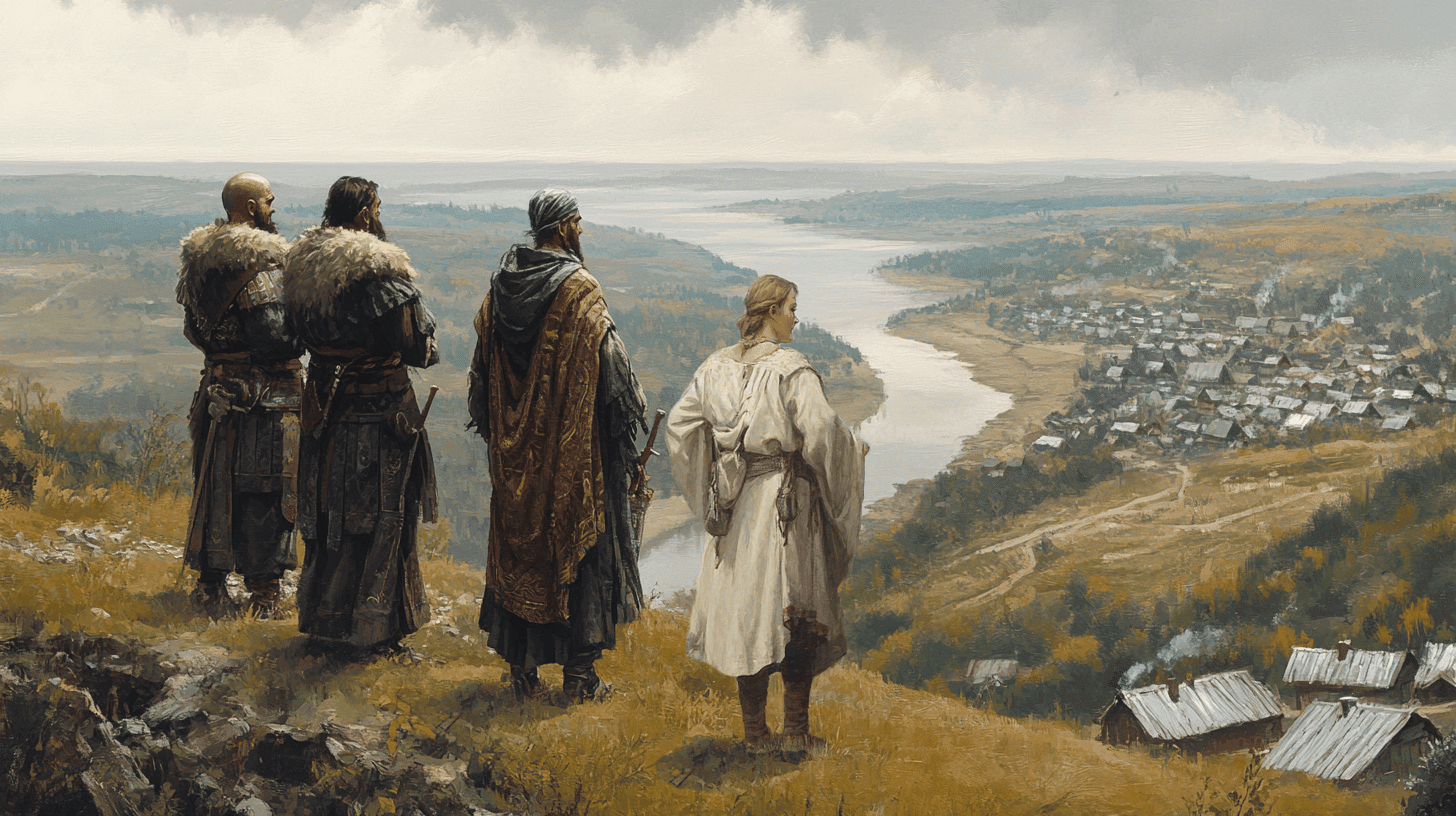
Foundation of the Kievan state
The true rise of Kiev as a major power center began in the late 9th century. According to traditional accounts, the Varangian leader Oleg seized control of Kiev around 882 CE. This event is often considered the beginning of Kievan Rus, the first East Slavic state.

Erik the Red Discovers Greenland
Erik the Red discovered Greenland in 982 AD during his three-year exile from Iceland. He explored the southwestern coast, named the land “Greenland” to attract settlers, and returned in 985 AD with 25 ships. He established two settlements, becoming the first European to colonize the island.
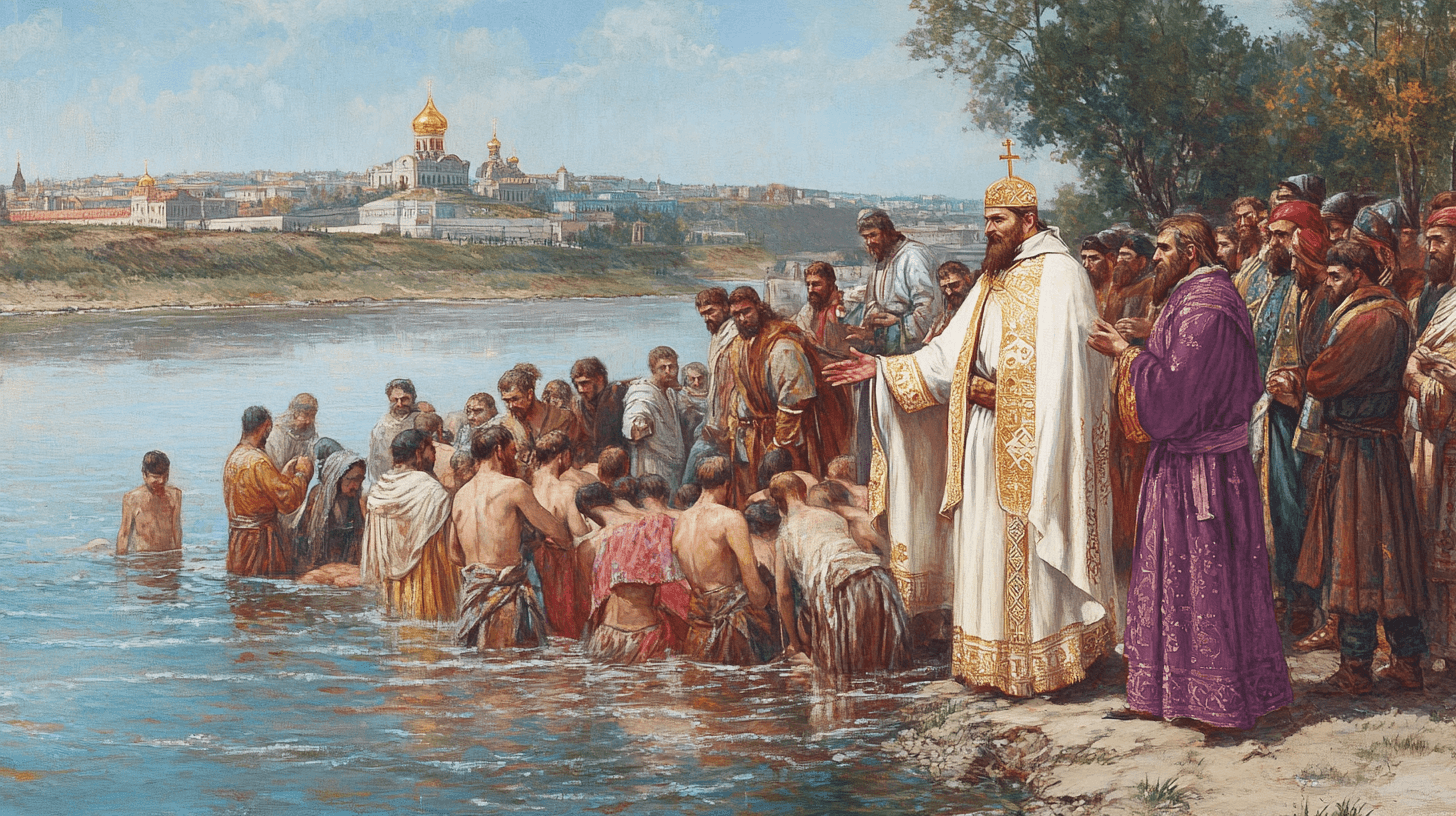
Byzantine conversion of Russia to Christianity
The Byzantine conversion of Russia to Christianity marked a significant cultural and political shift that would shape the region for centuries to come.It was a long and slow process that culminated in Vladimir the Great destroying pagan temples and organising a mass baptism of the people of Kiev in 988 and leading to the adoption of Orthodox Christianity as the state religion of the Kievan Rus.
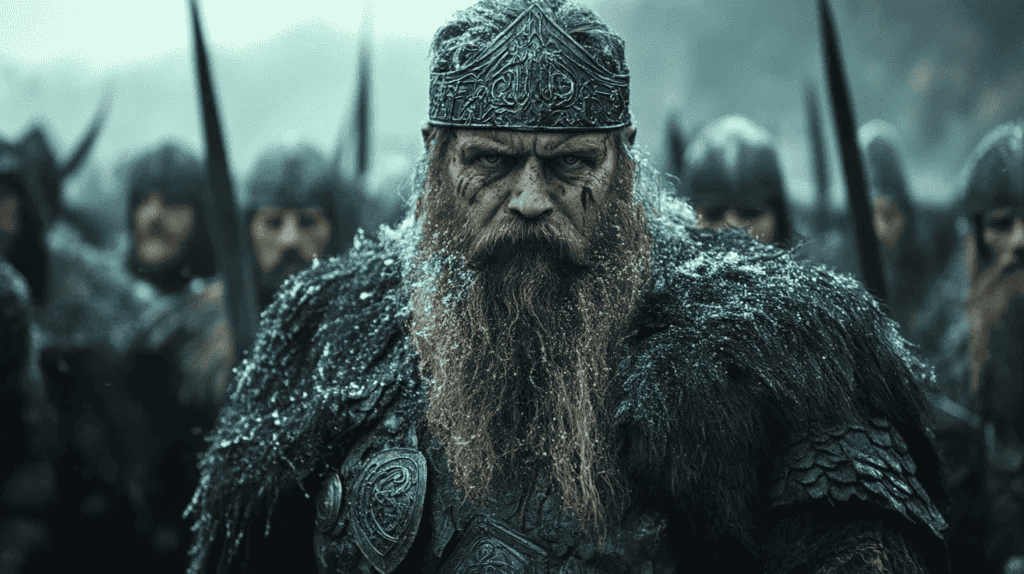
Battle of Clontarf
The Battle of Clontarf, fought on April 23, 1014, near Dublin, was a pivotal conflict in Irish history as it marked the decline of Viking power in Ireland. It pitted the high king of Ireland Brian Boru against a Norse-Irish alliance. Though Boru’s side won, he was killed in the battle. Dublin remained a Norse city but its power was much reduced.
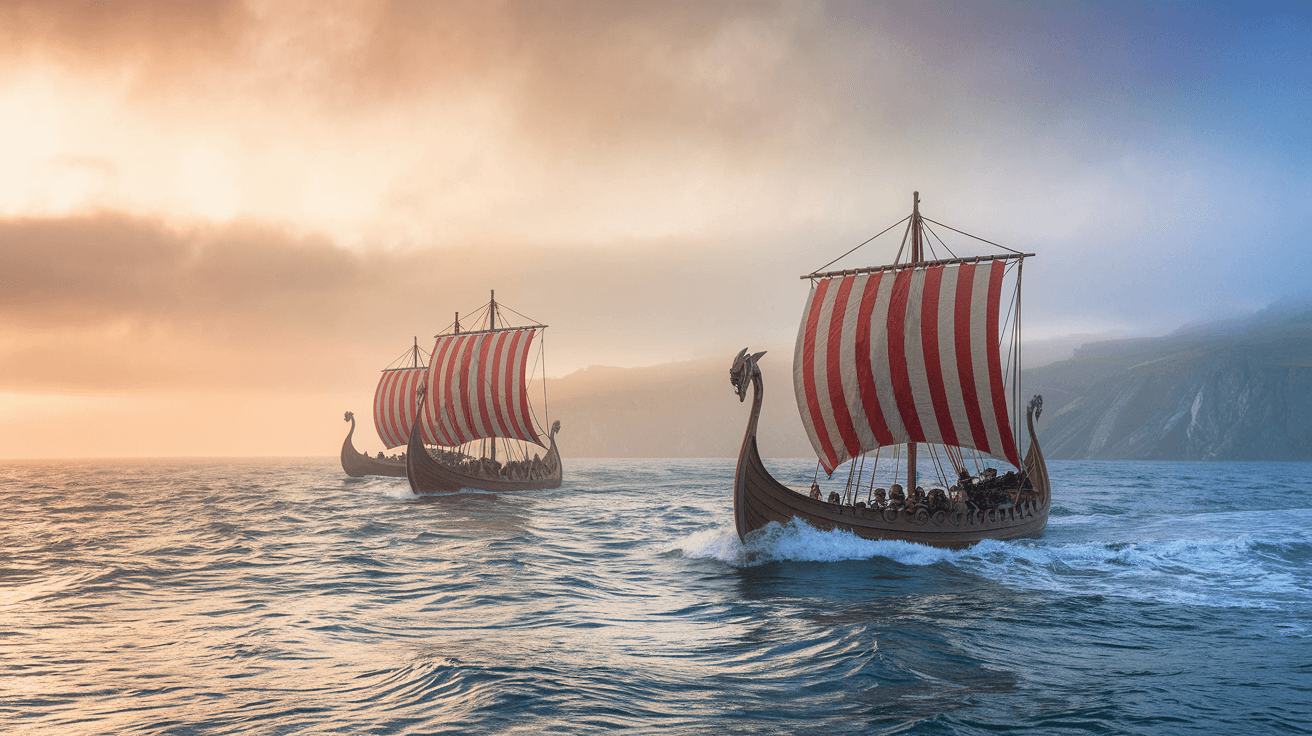
Cnut Creates the North Sea Empire
King Cnut, son of Sweyn Forkbeard, became a dominant ruler in early 11th century Europe. After initially retreating from England in 1014, he returned in 1015 with a massive fleet of 200 longships and 10,000 men. Through a brutal 14-month campaign against Edmund Ironside, Cnut conquered England in 1016. He then expanded his rule to Denmark in 1018 and Norway in 1028, creating a vast North Sea empire.
Beginning of Schism between Roman and Eastern Orthodox Churches
The Great Schism of 1054 marked the formal split between the Roman Catholic and Eastern Orthodox Churches. Tensions had been building for centuries due to theological, political, and cultural differences. The schism culminated when Pope Leo IX and Patriarch Michael Cerularius excommunicated each other. This event solidified the division between Western and Eastern Christianity, which persists to this day.
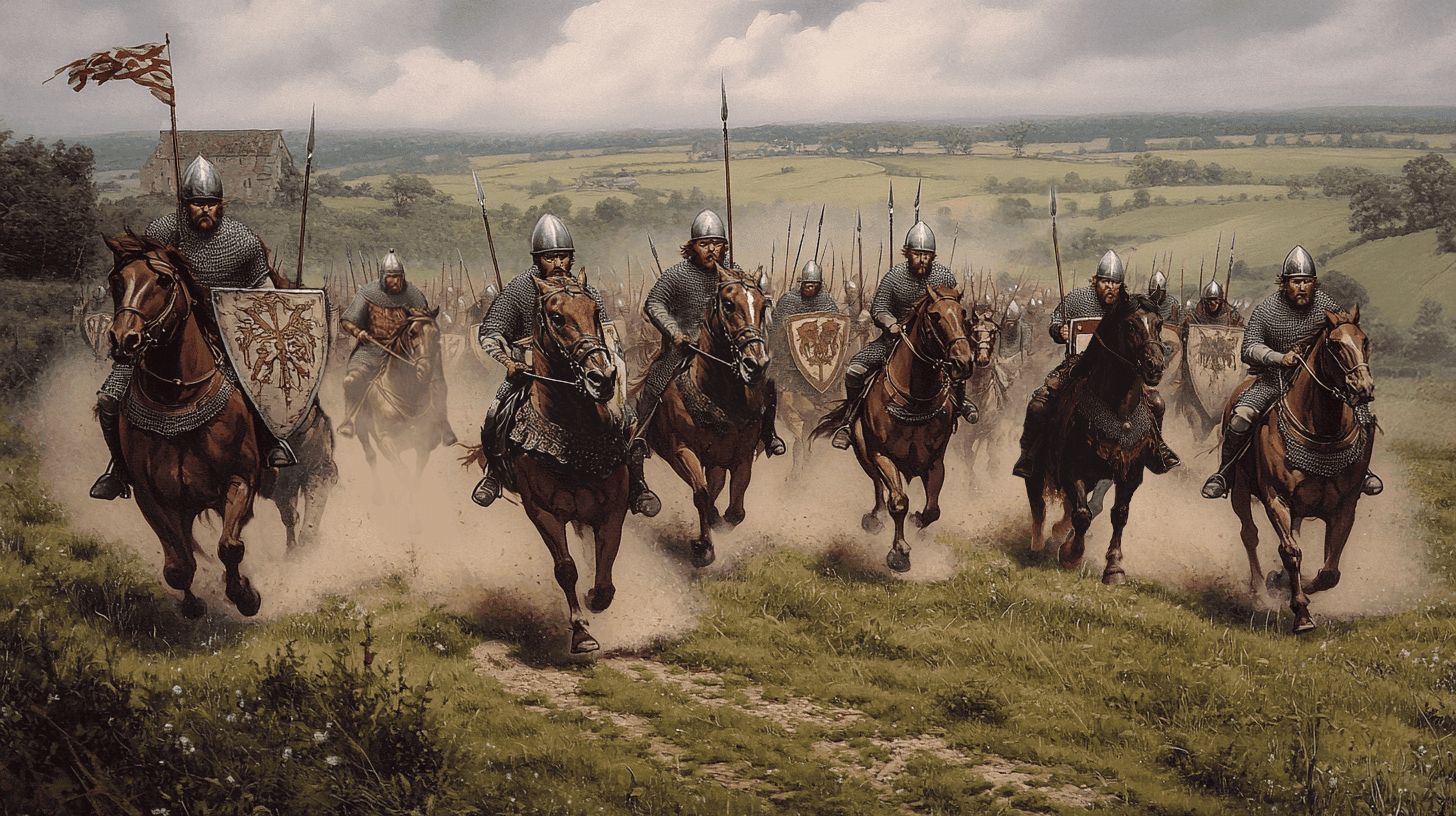
Norman conquest of England
The Norman Conquest of England in 1066 was led by William the Conqueror, who defeated King Harold II at the Battle of Hastings. William was crowned king on Christmas Day, 1066, in Westminster Abbey. The conquest brought significant changes to England, including a new Norman aristocracy, widespread castle construction, and lasting influences on the English language and feudal system.
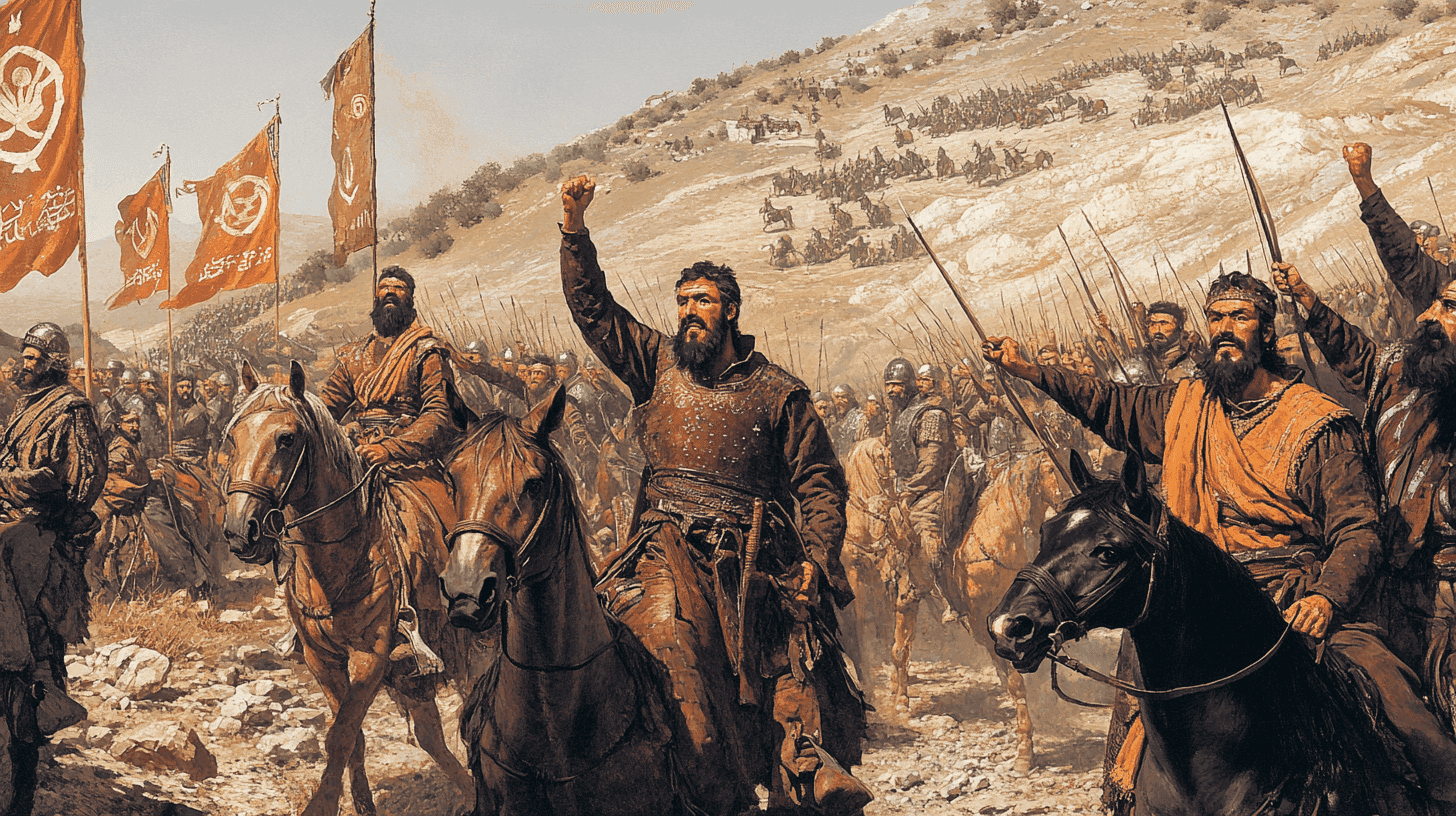
Seljuk Turks defeat Byzantines at Battle of Manzikert
The Seljuk Turks defeated the Byzantines at the Battle of Manzikert in 1071 through a feigned retreat that lured Byzantine forces into an ambush. This decisive victory led to the capture of Emperor Romanos IV and opened Anatolia to Turkish migration. The battle marked a turning point, undermining Byzantine authority in the region and paving the way for the gradual Turkification of Anatolia.
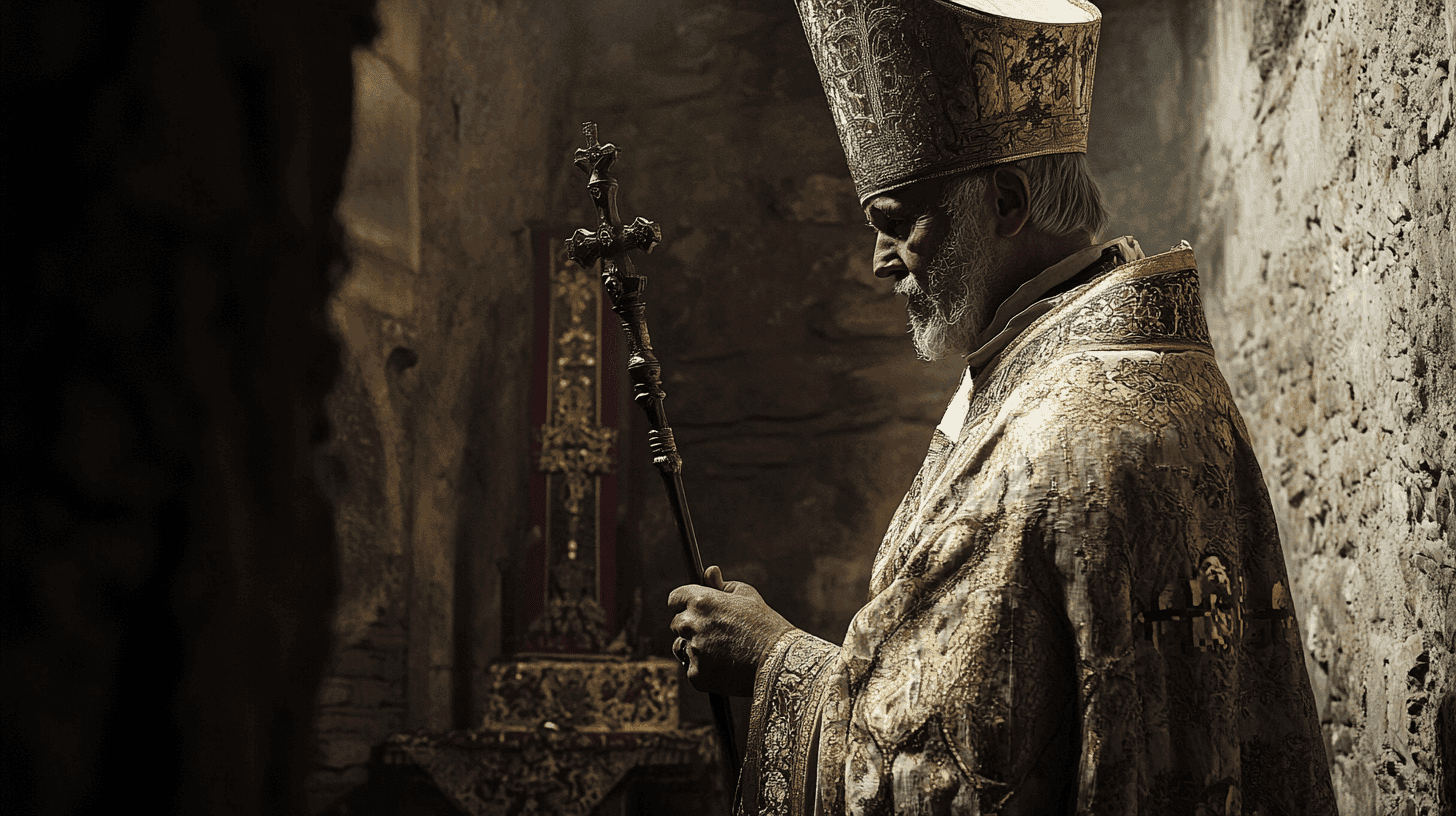
Reign of Pope Gregory VII
Pope Gregory VII, was a reformist pope who significantly impacted the Catholic Church in the late Dark Ages. He asserted papal primacy, fought against simony and enforced clerical celibacy. Gregory VII was the first pope to depose a crowned ruler, the Holy Roman Emperor Henry IV, and was later canonized for his efforts to purify and strengthen the Church.
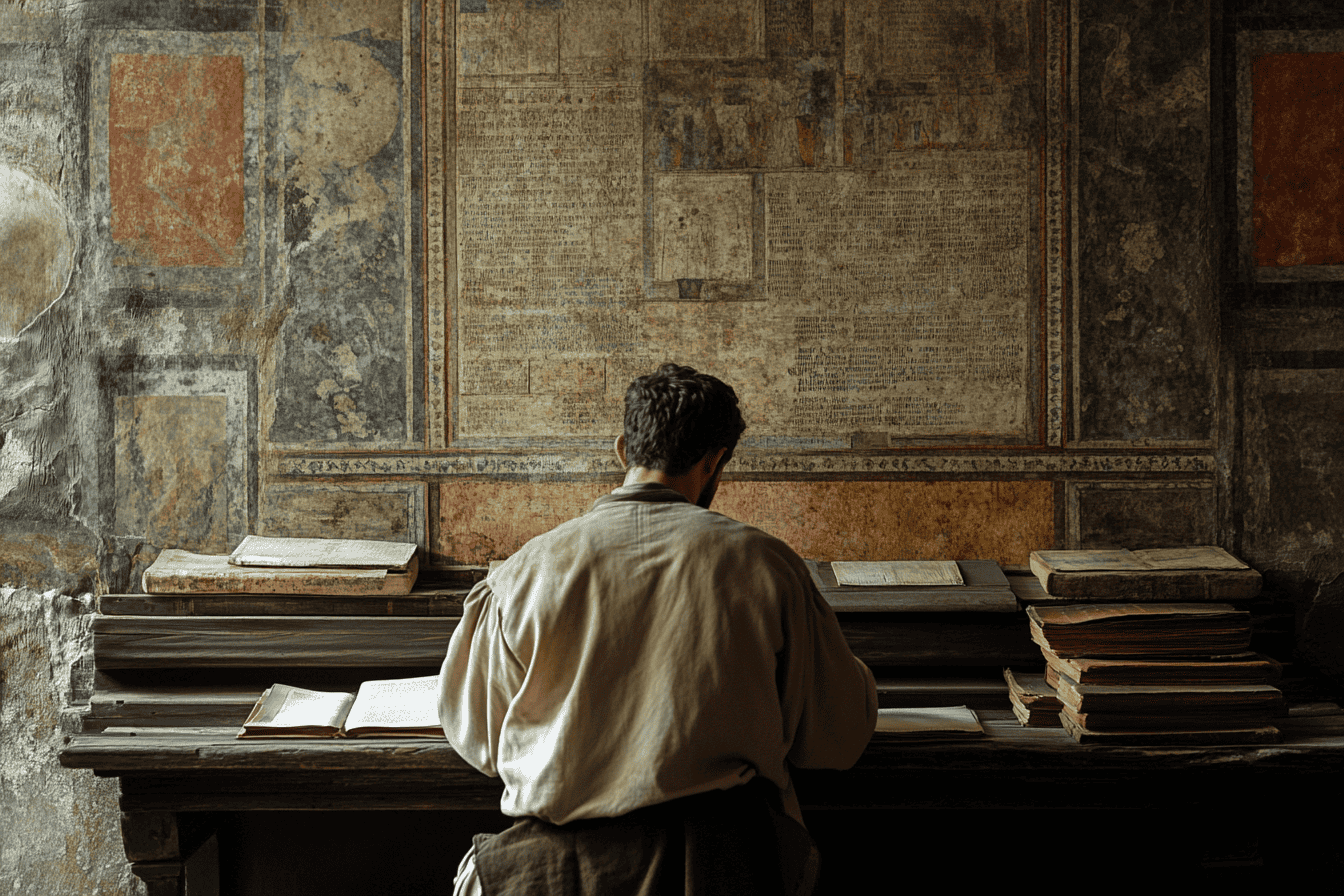
The World’s First University Founded
The University of Bologna, founded in 1088 CE, is considered the oldest continuously operating university in the world. It arose spontaneously from student initiatives, with students organizing into guilds and hiring professors. The university quickly became renowned for its law studies, attracting scholars from across Europe and pioneering academic freedom.
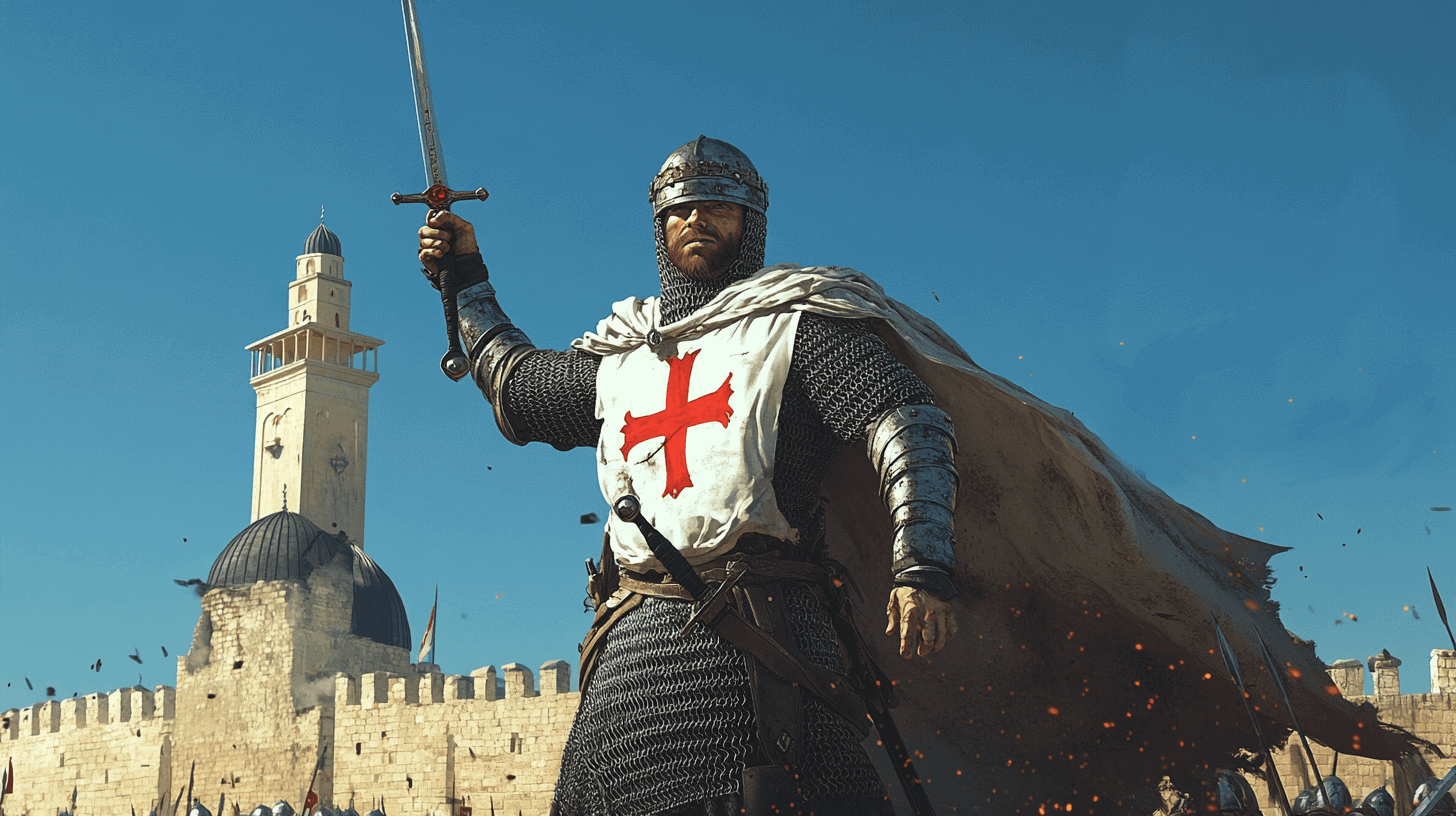
The First Crusade
The First Crusade, launched in 1095, was a watershed moment that reshaped the political and religious landscape of Europe and the Middle East. This military expedition, called for by Pope Urban II, aimed to recapture Jerusalem and the Holy Land from Muslim control. It marked the beginning of a series of religious wars that would span centuries and have far-reaching consequences for Christian-Muslim relations.
